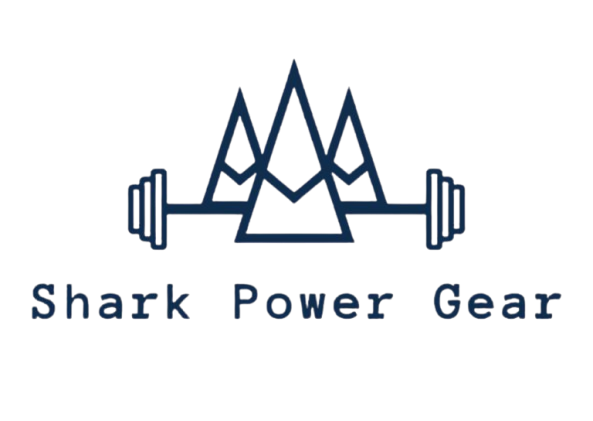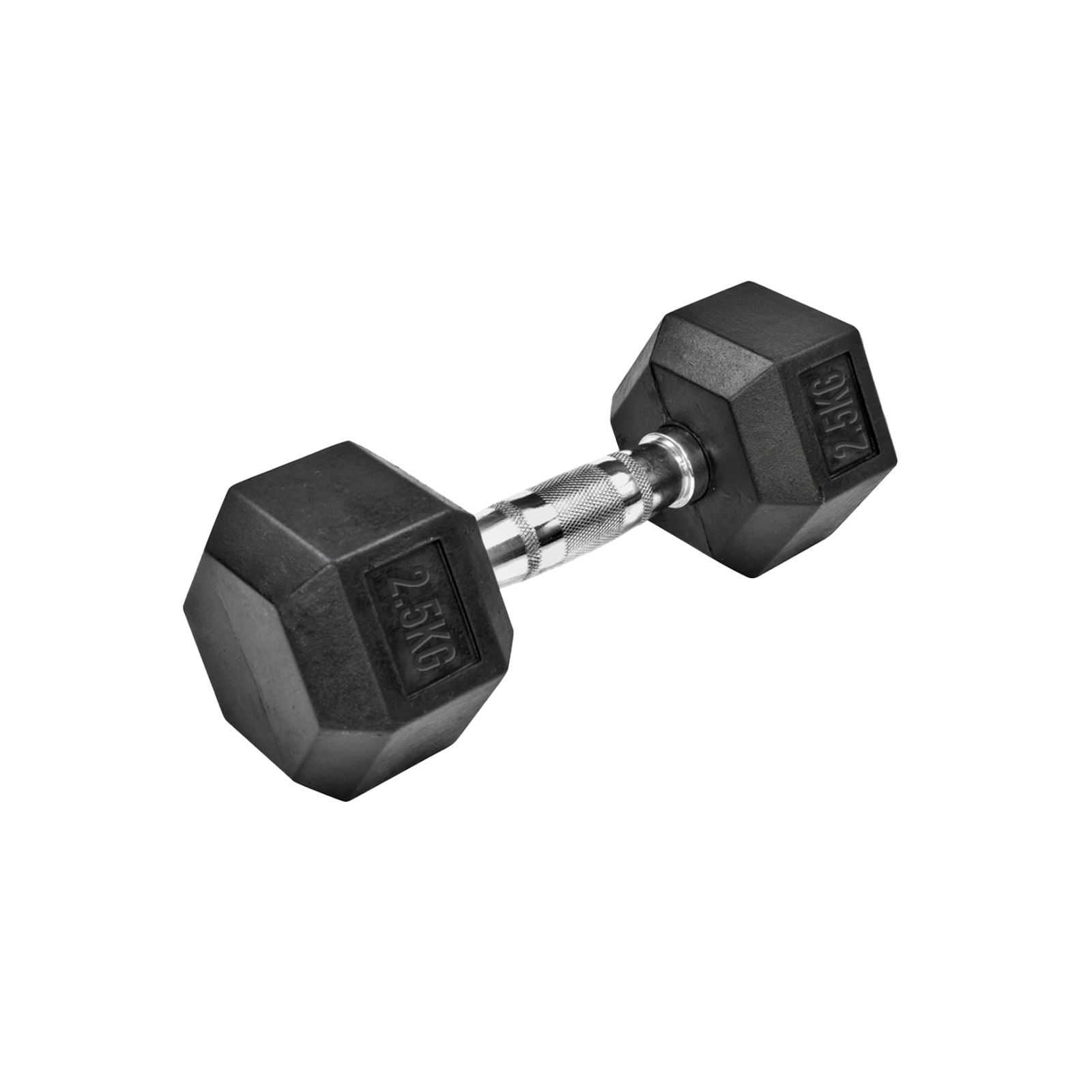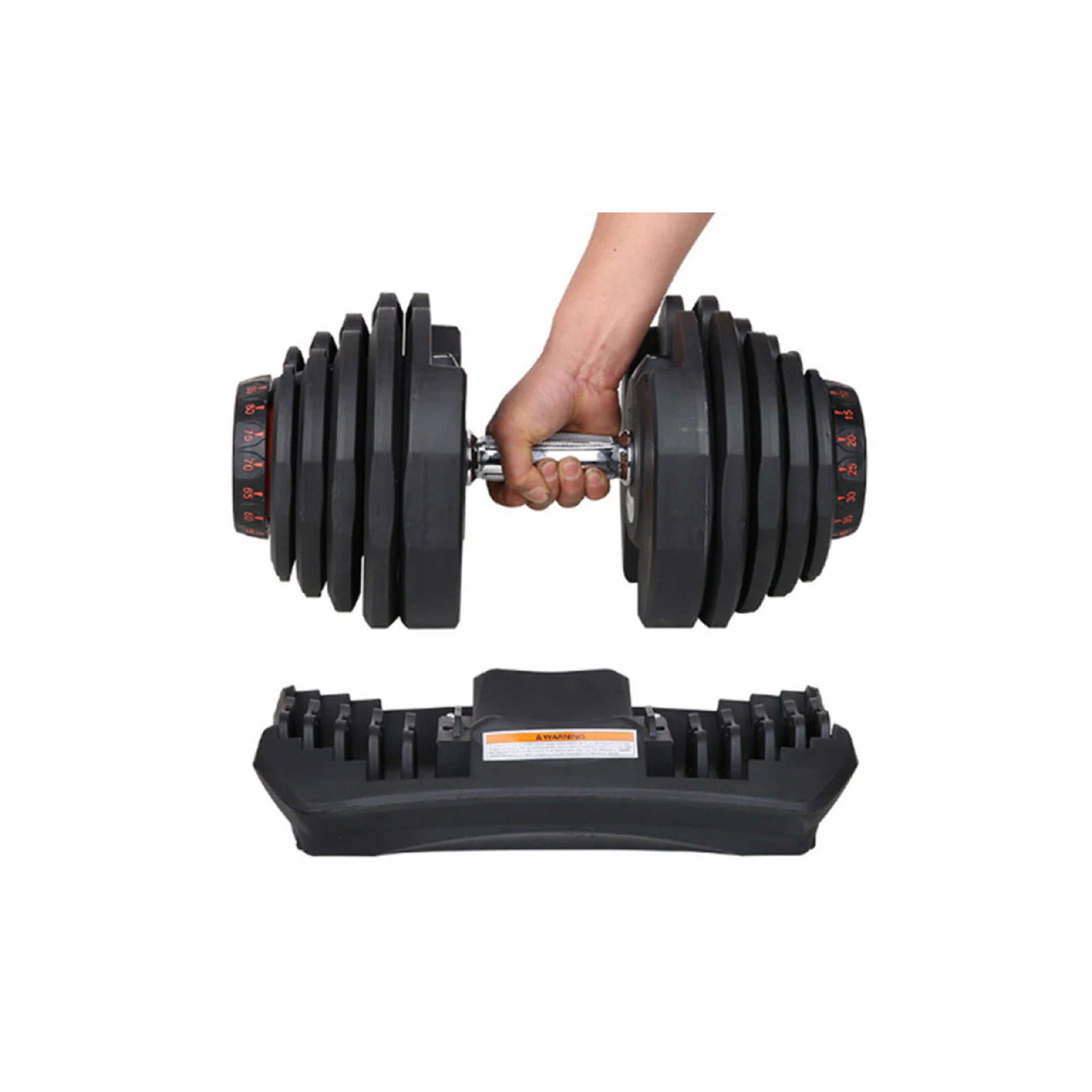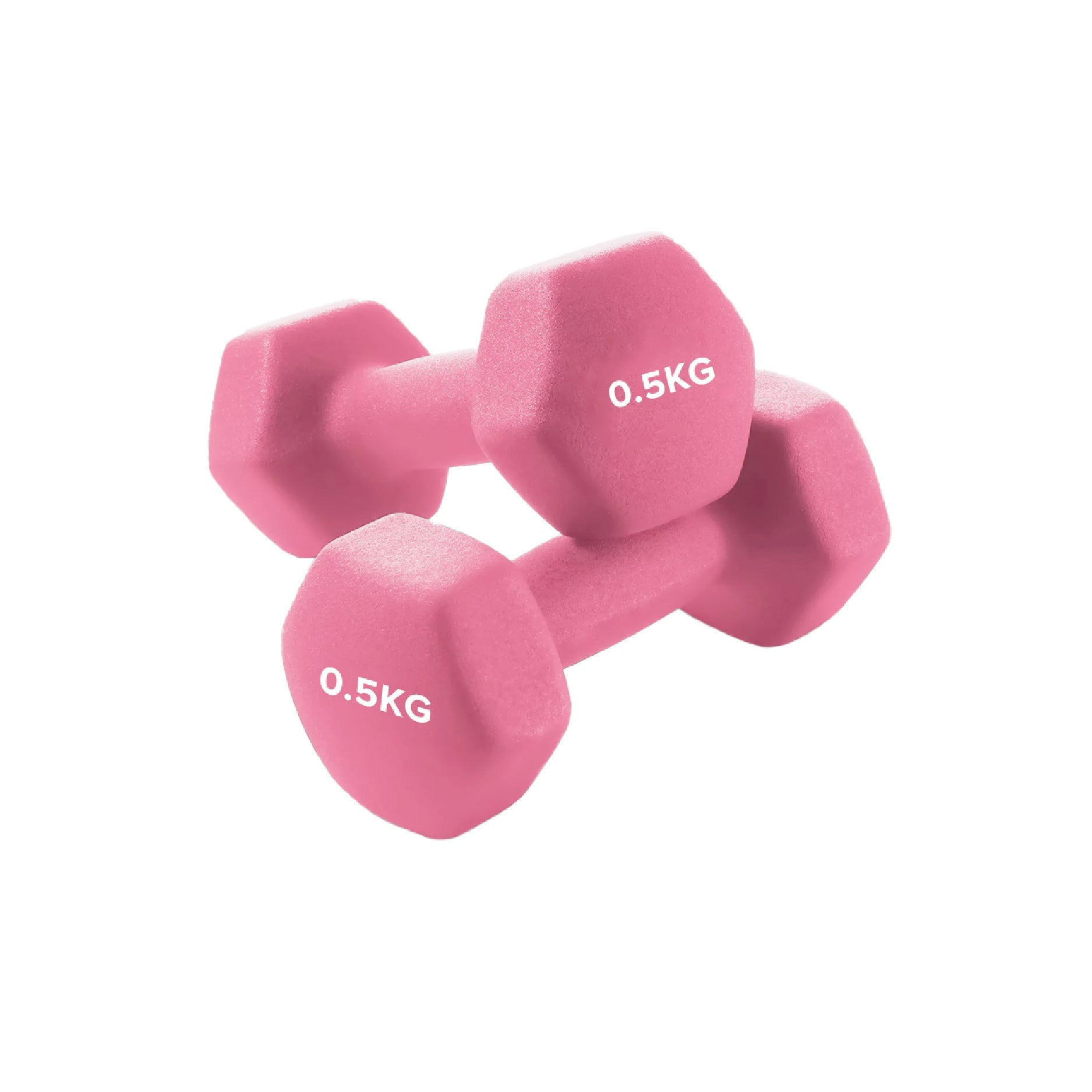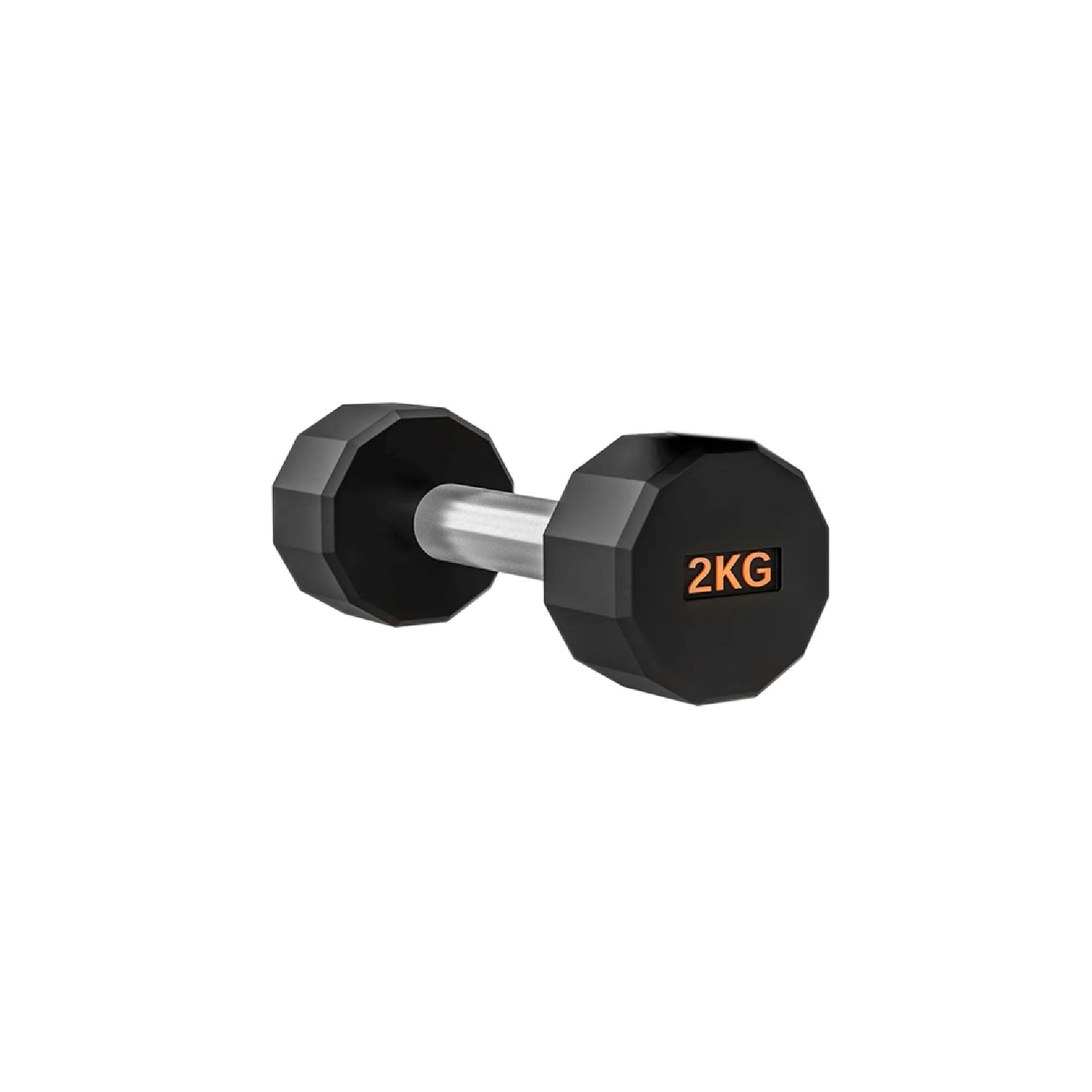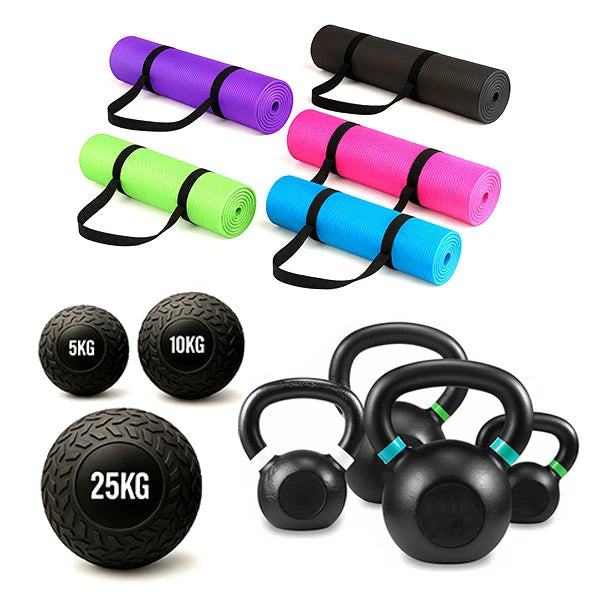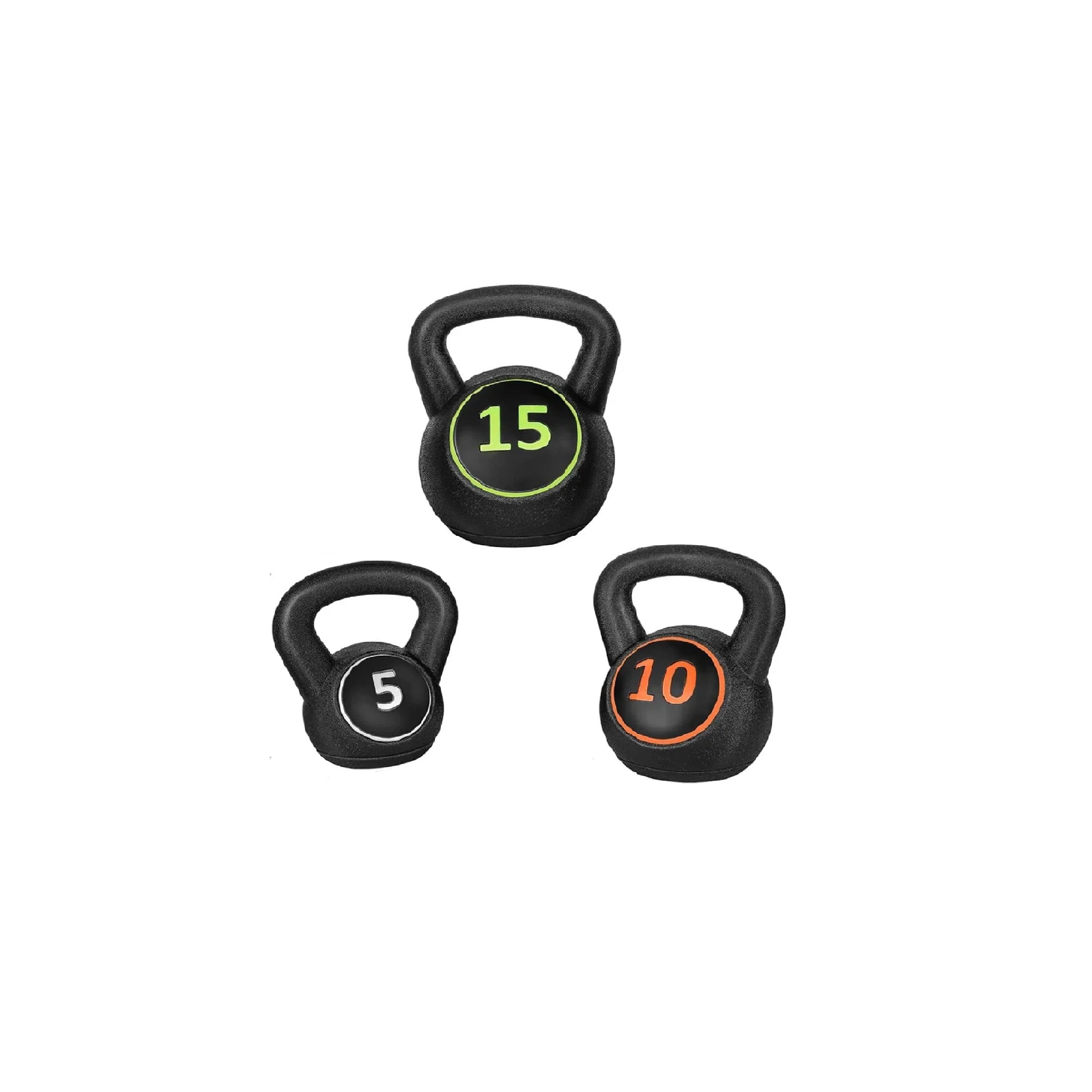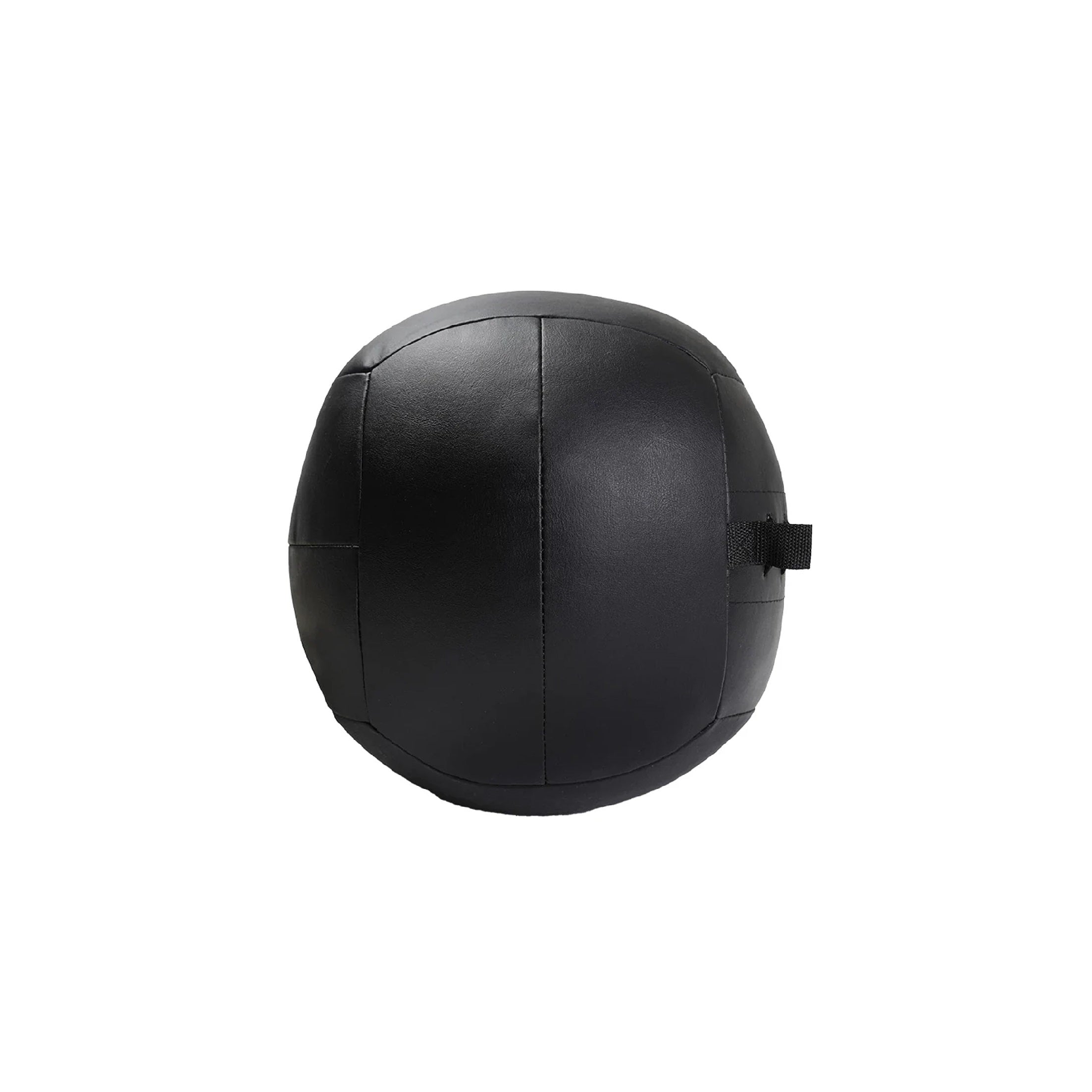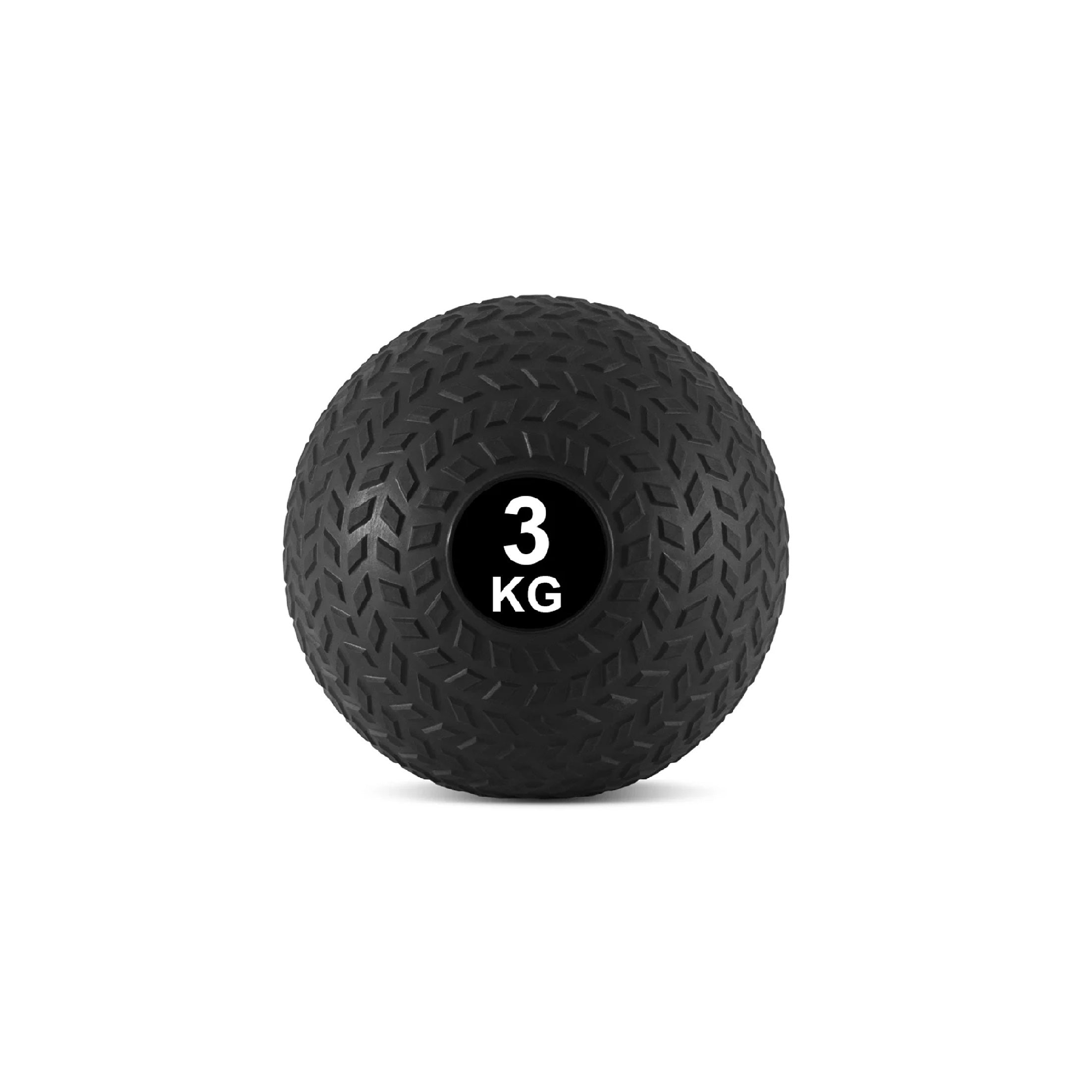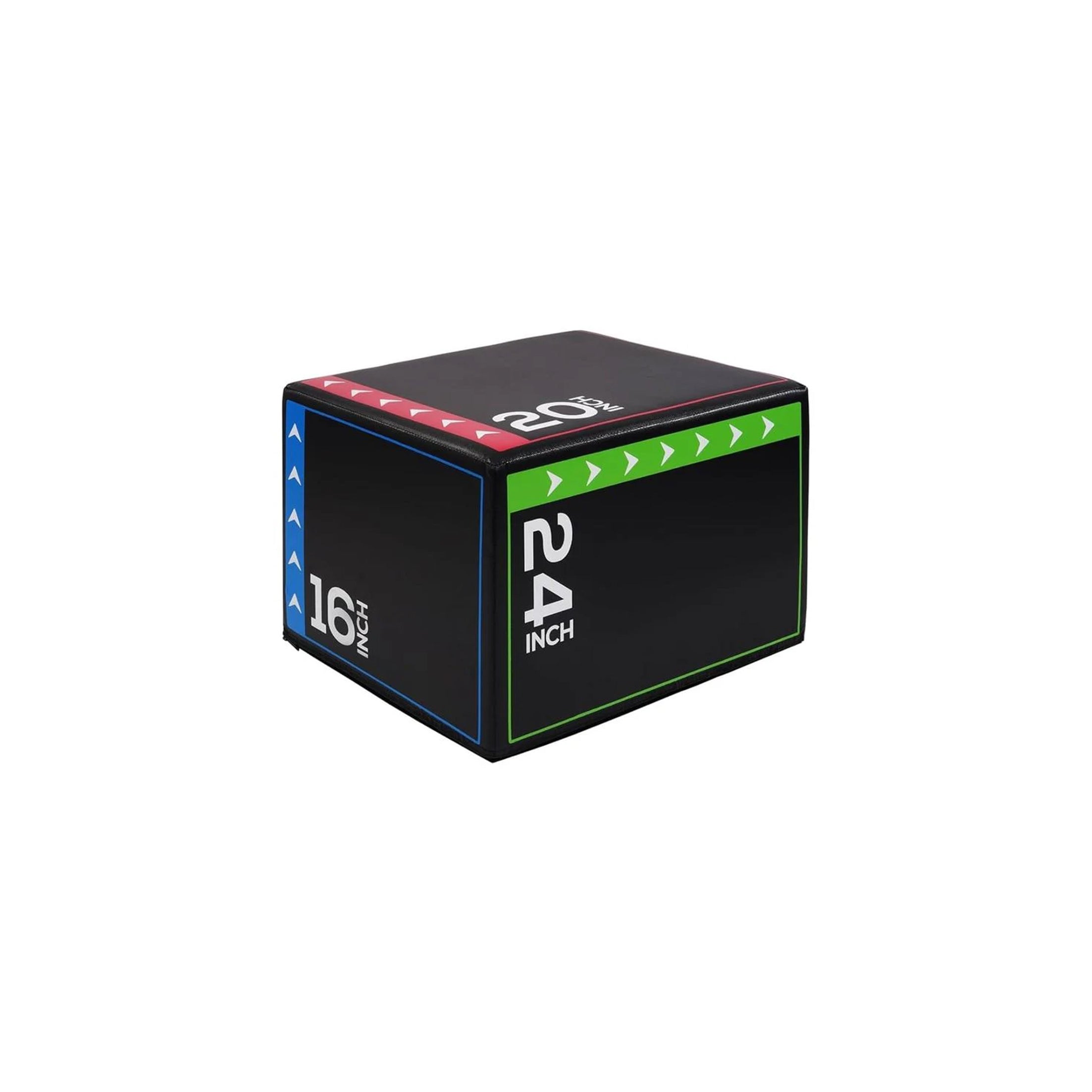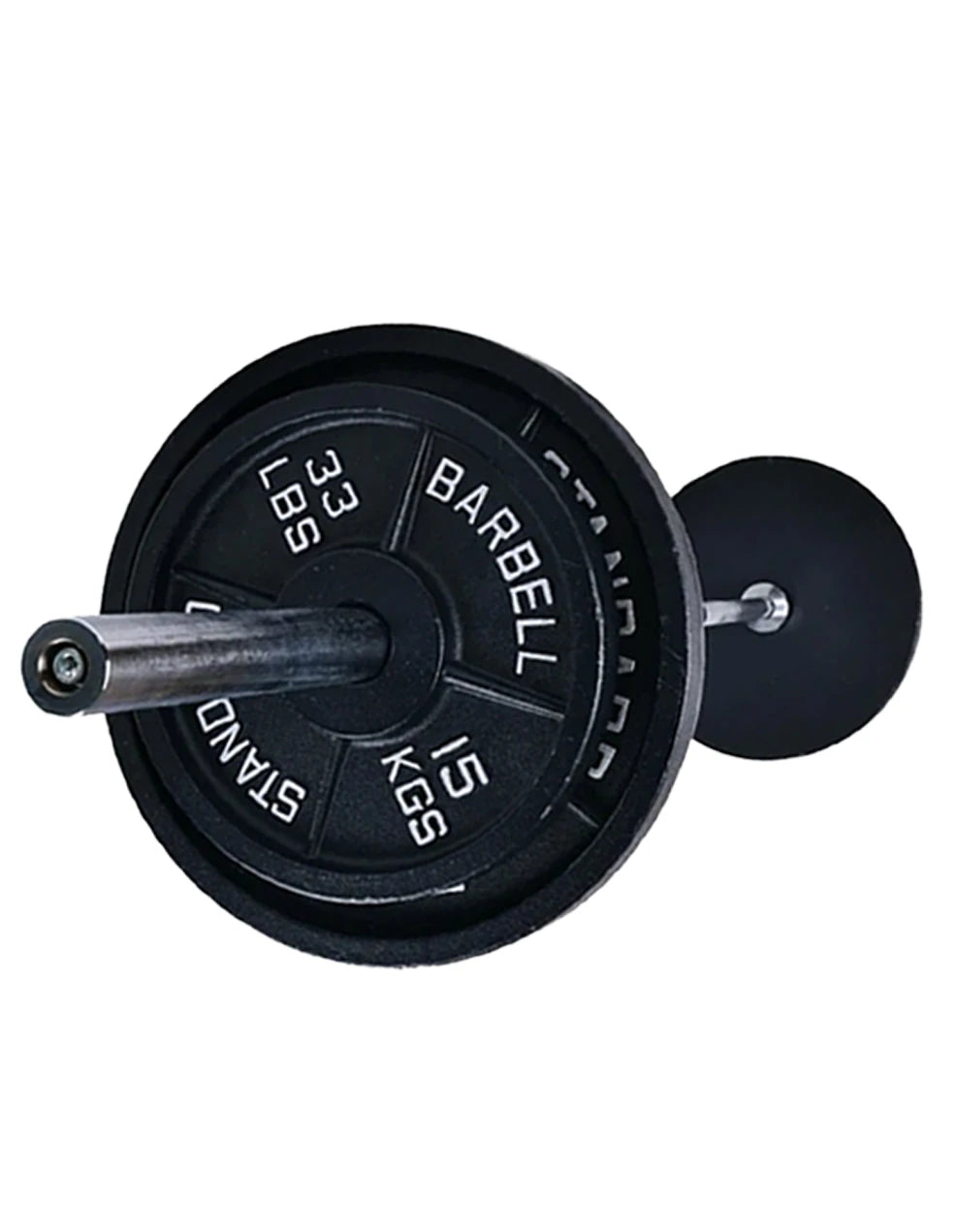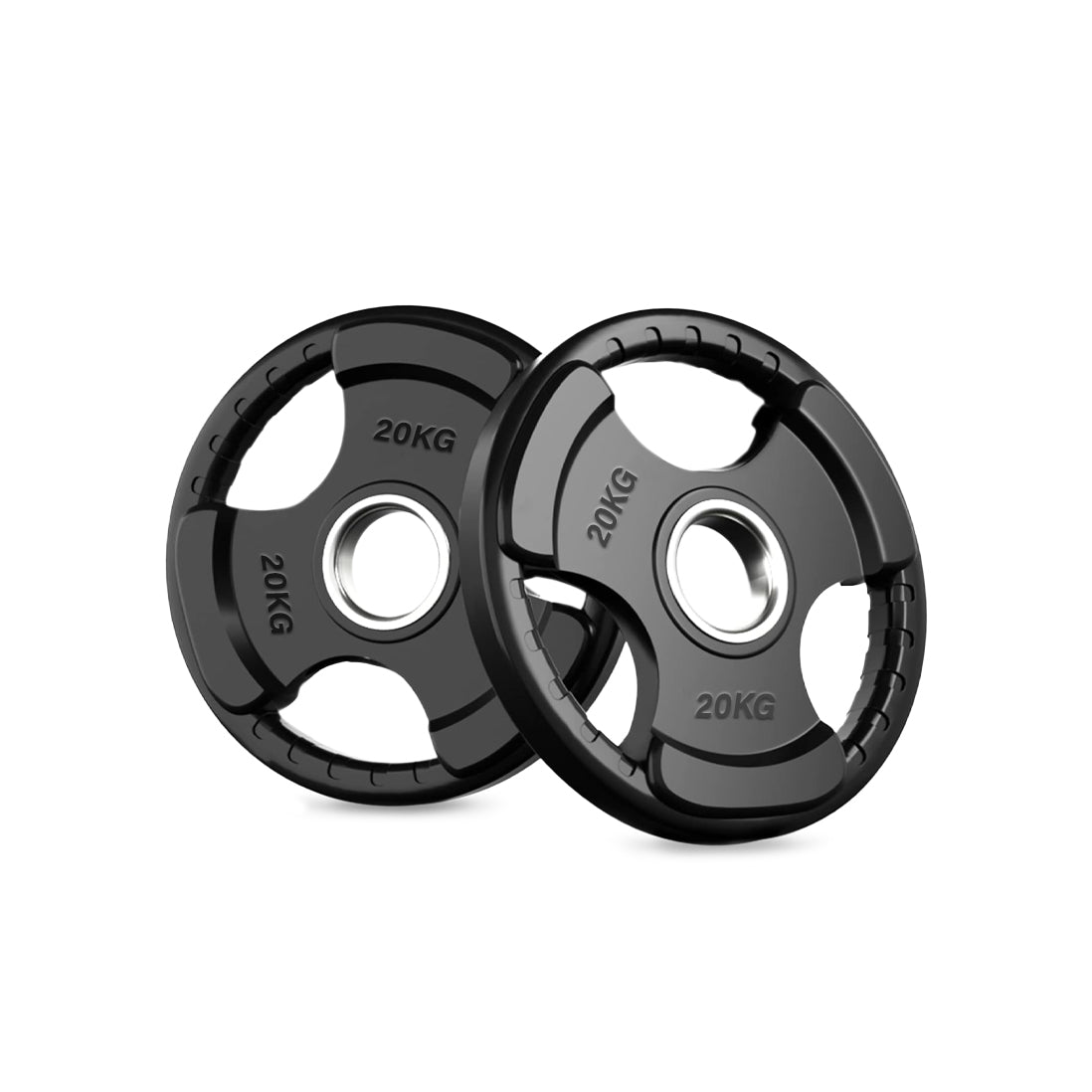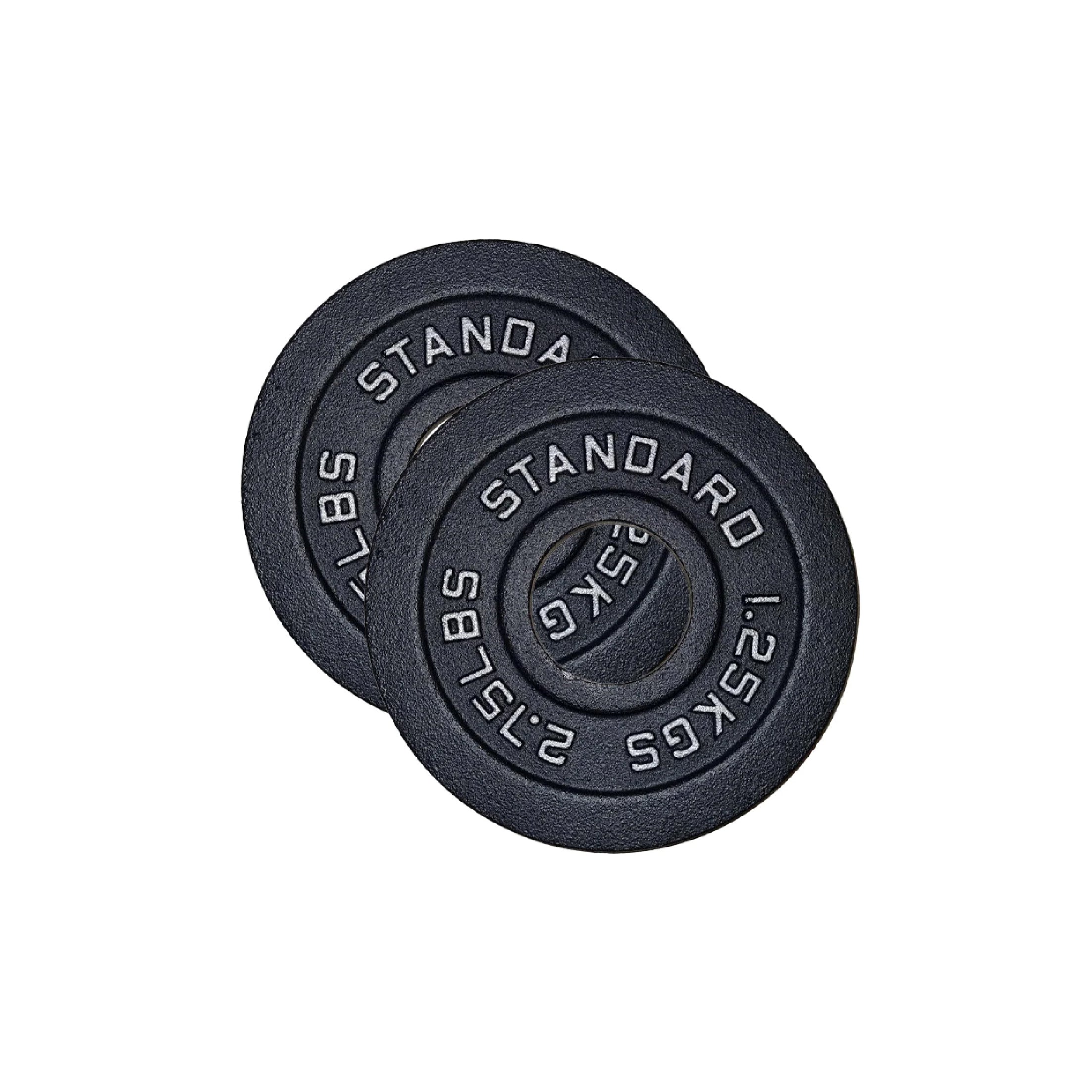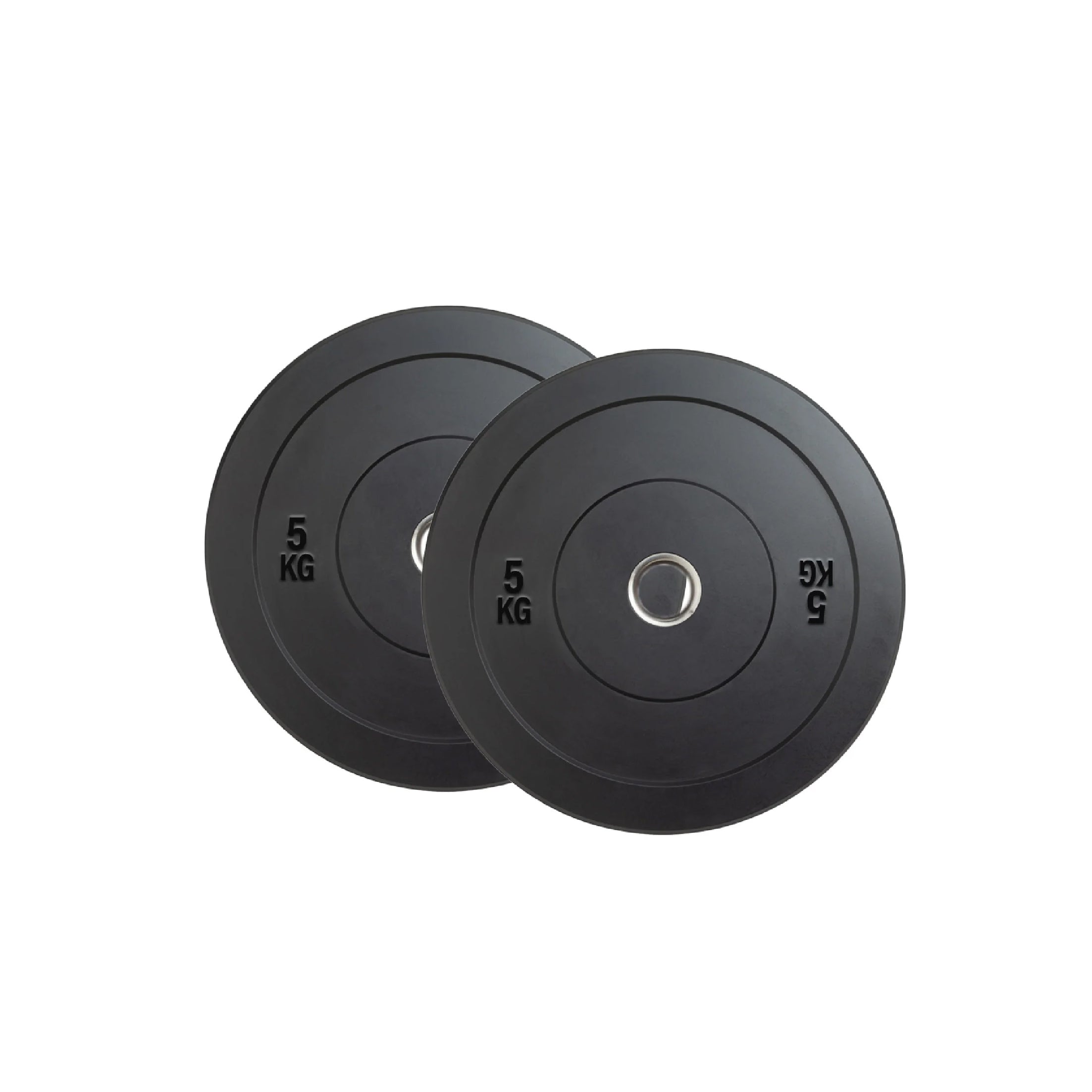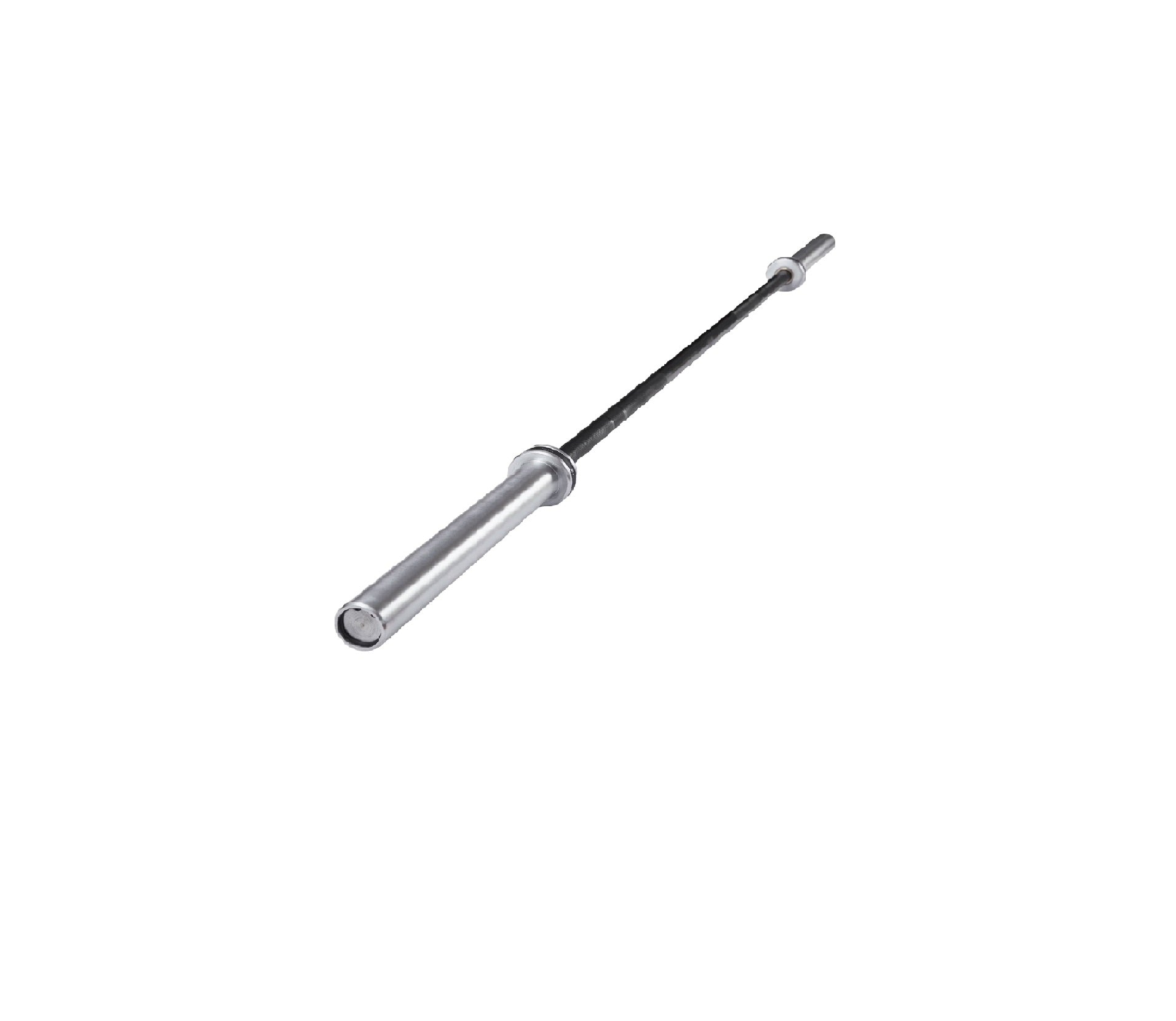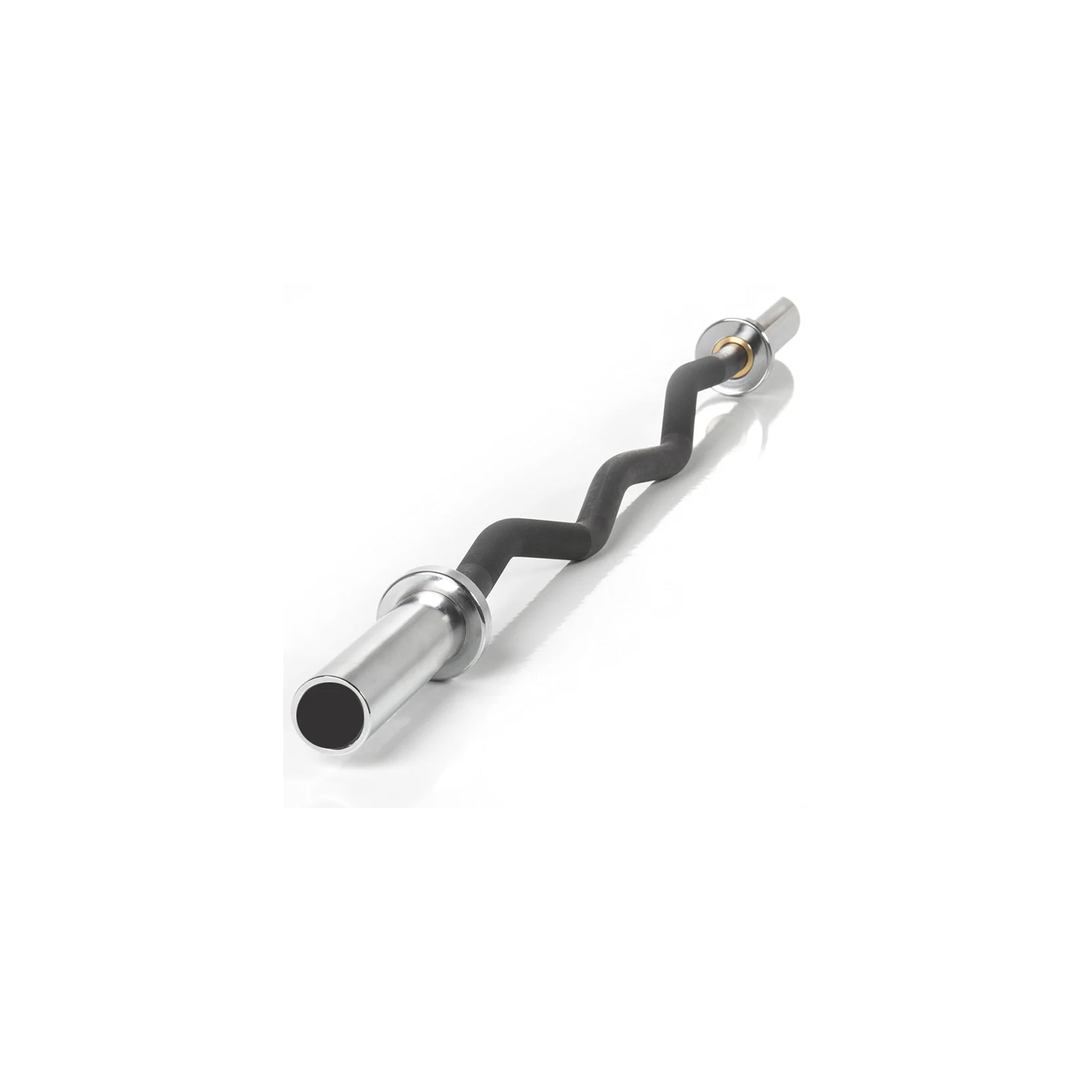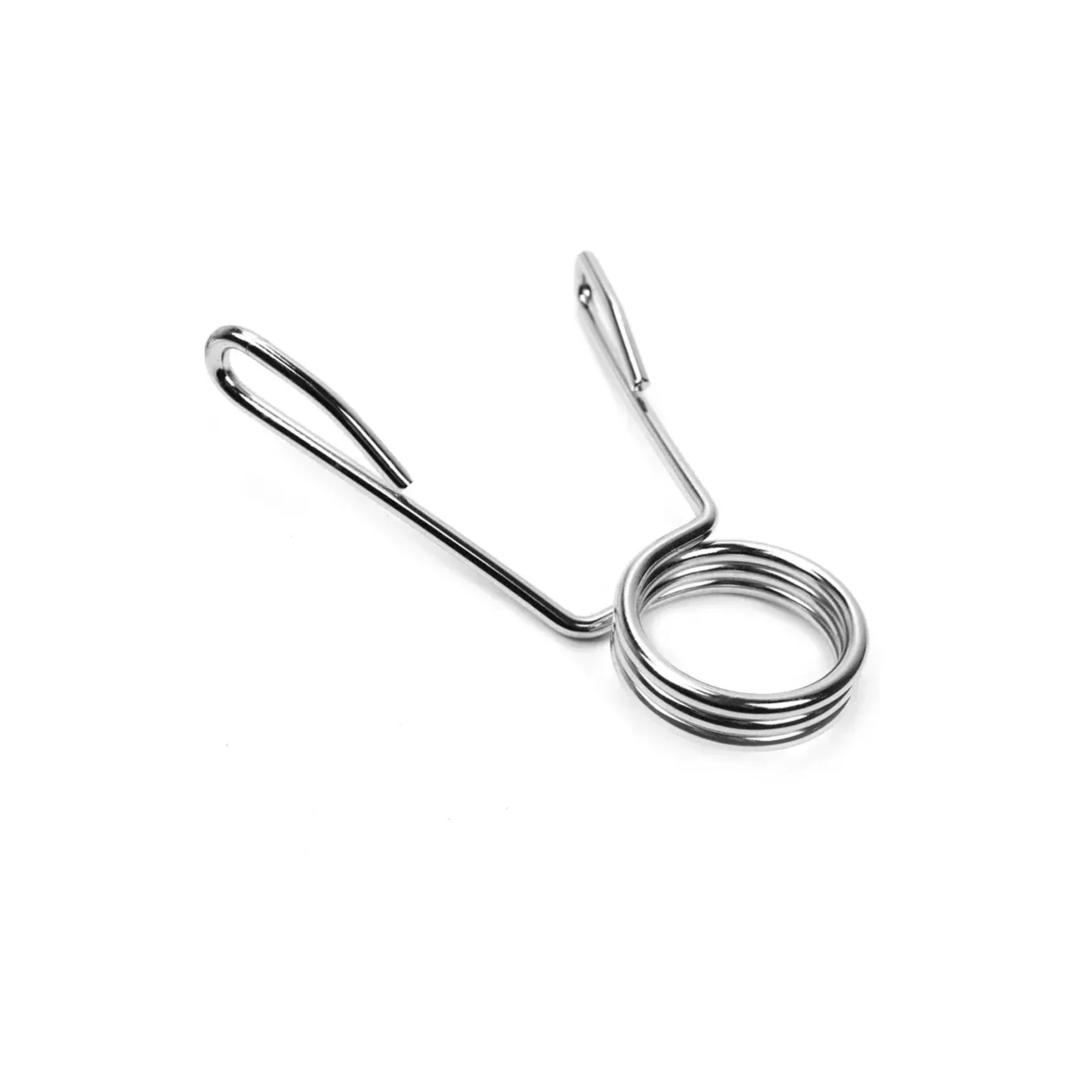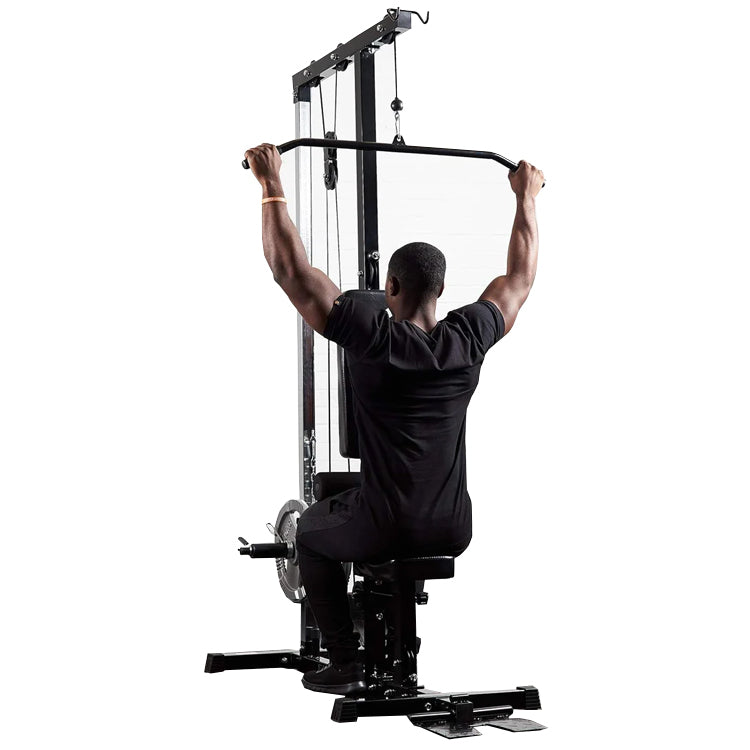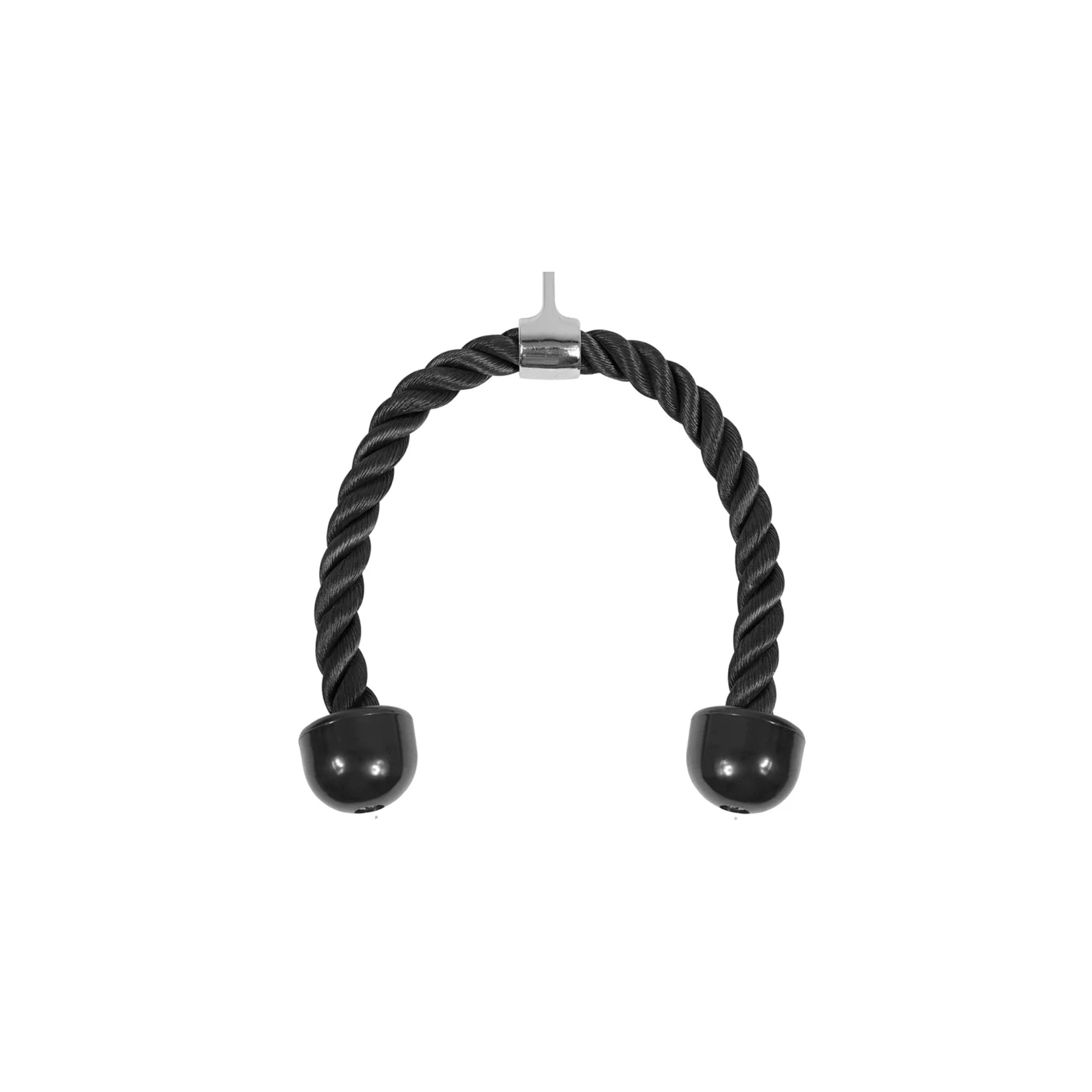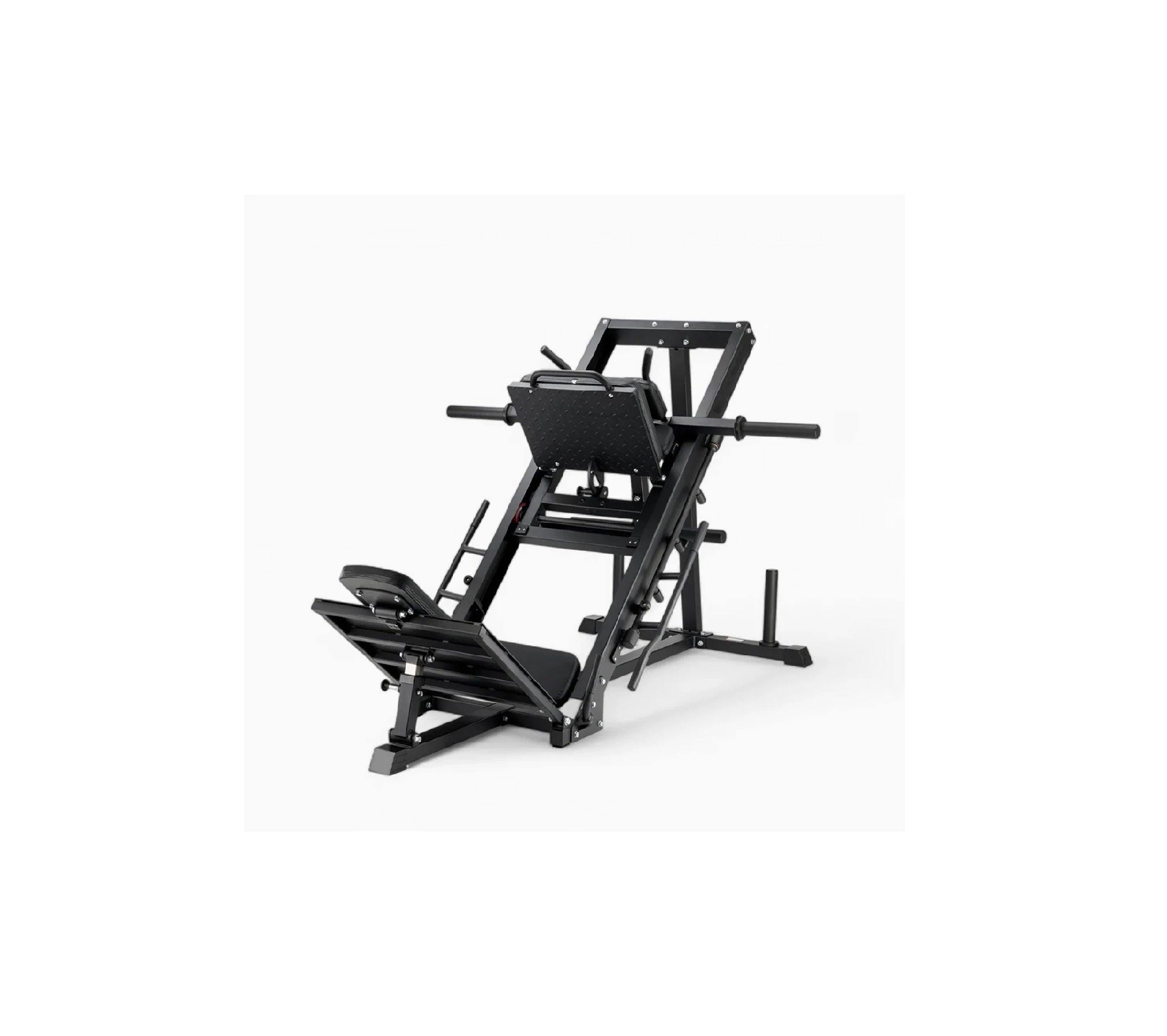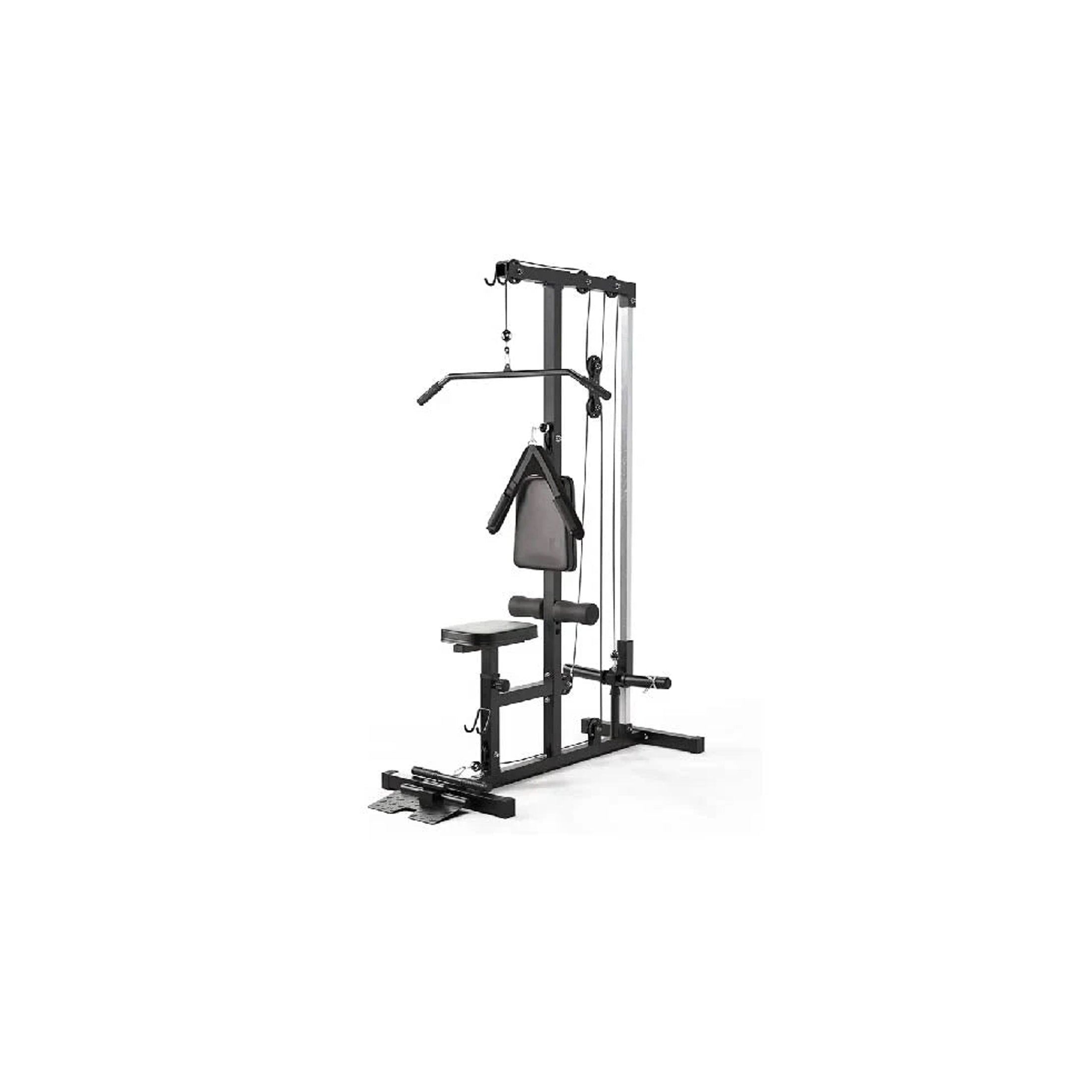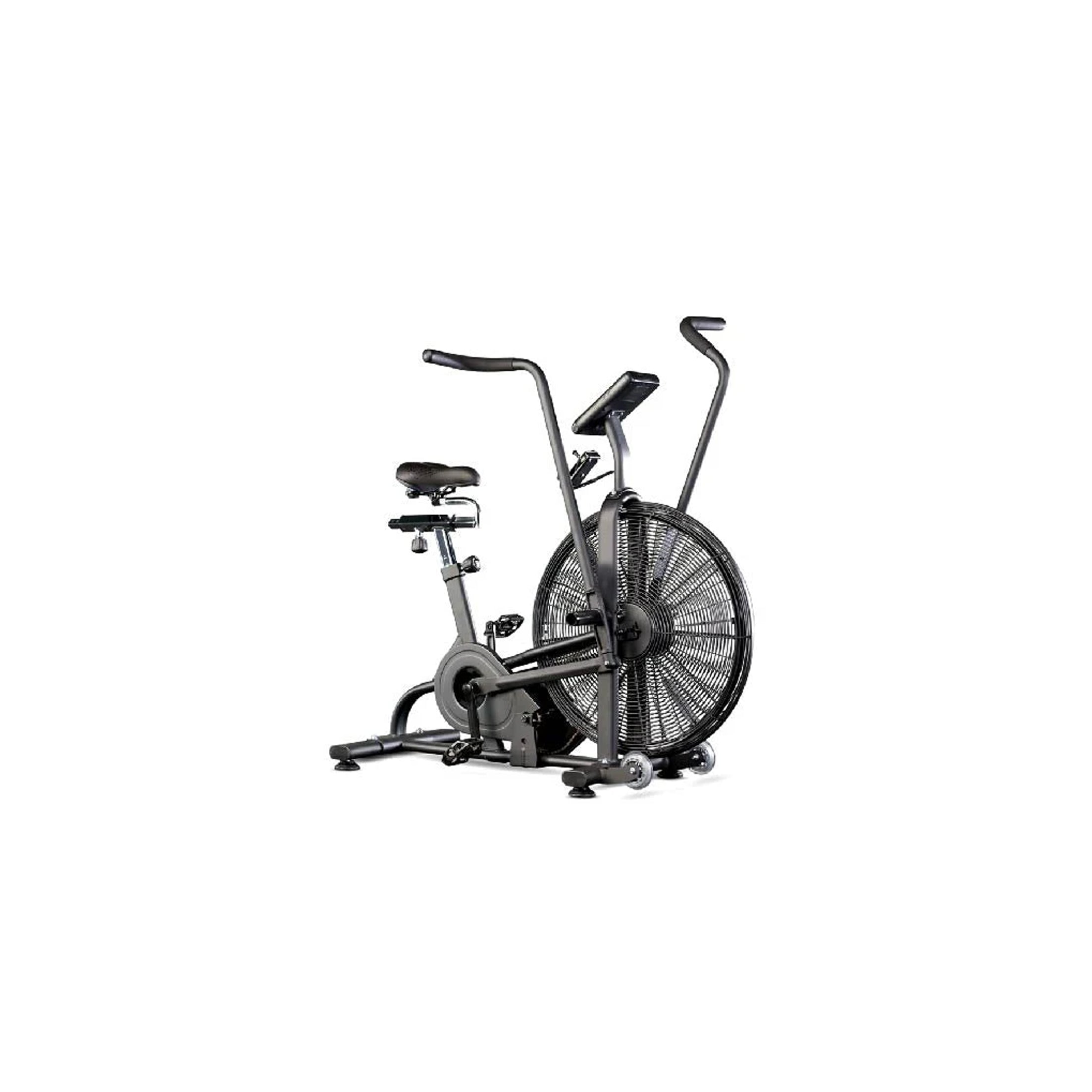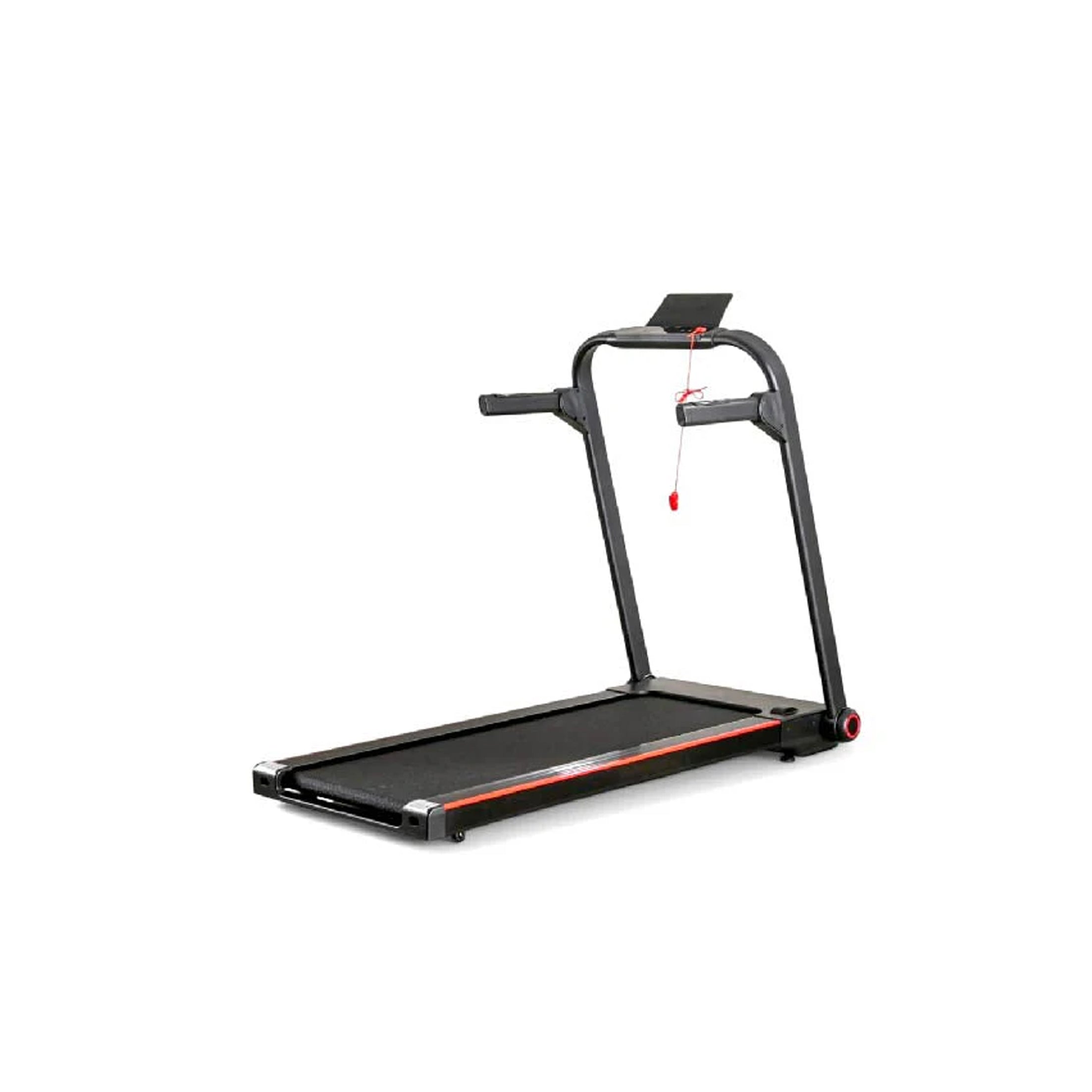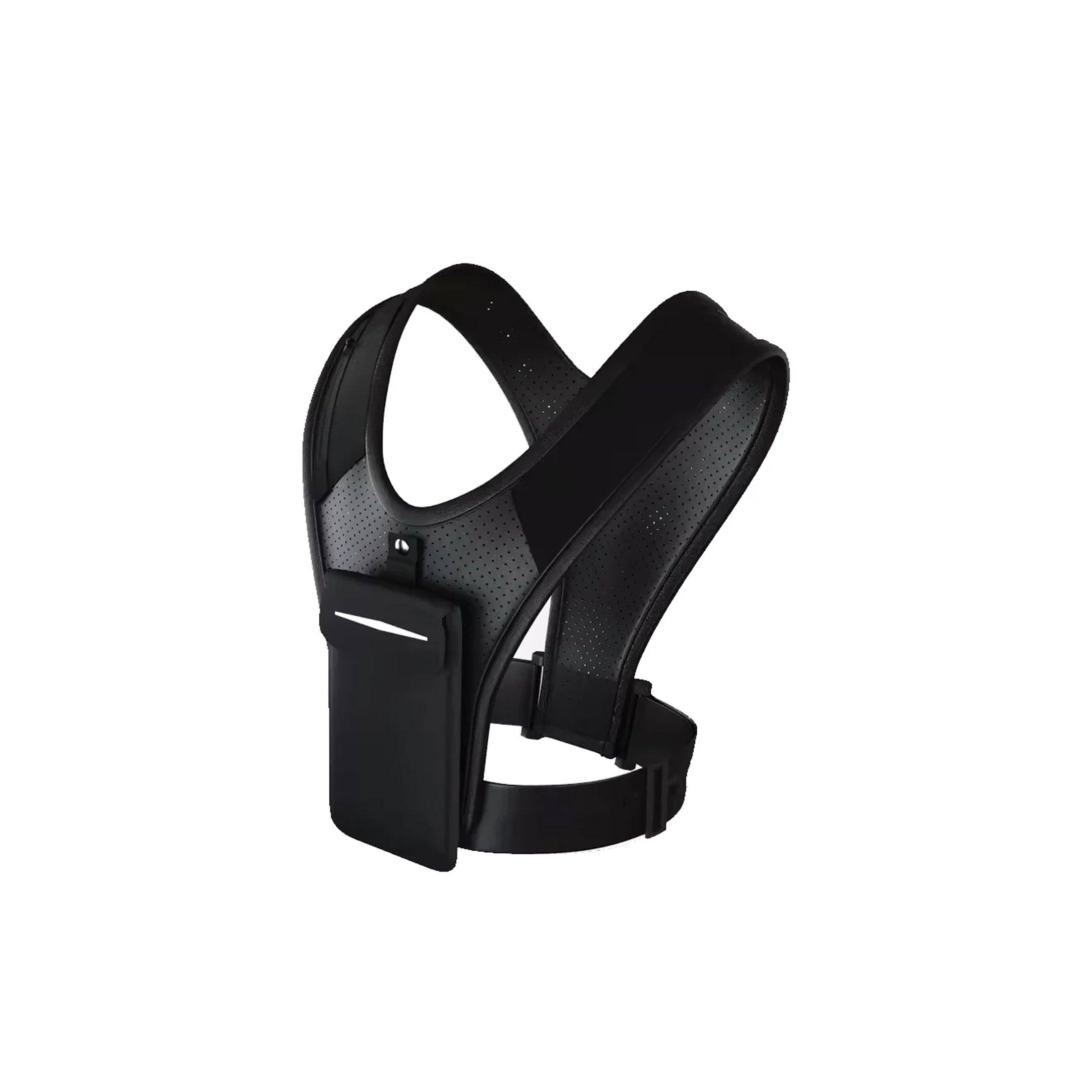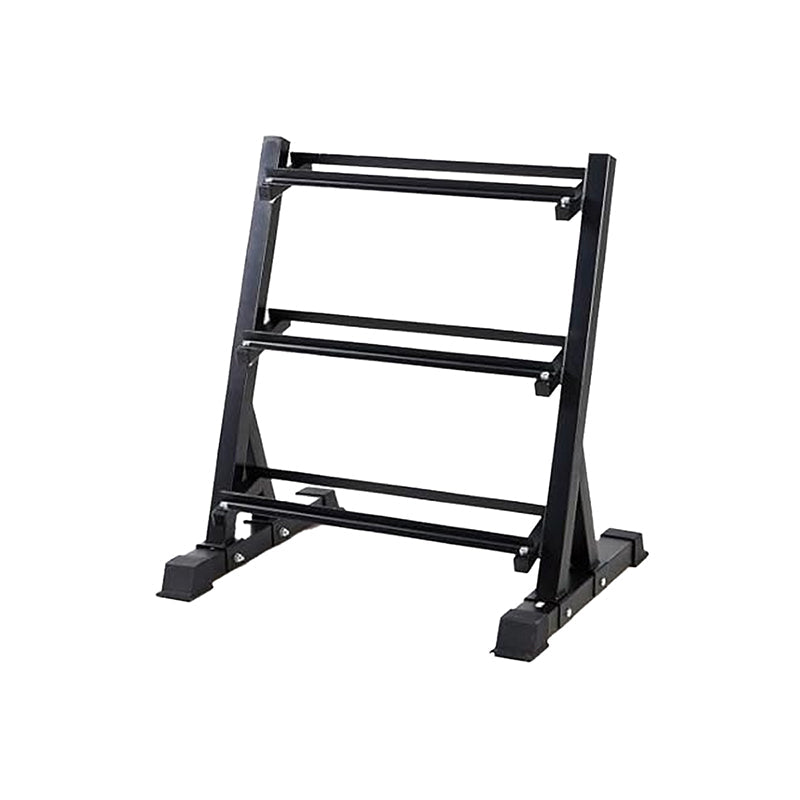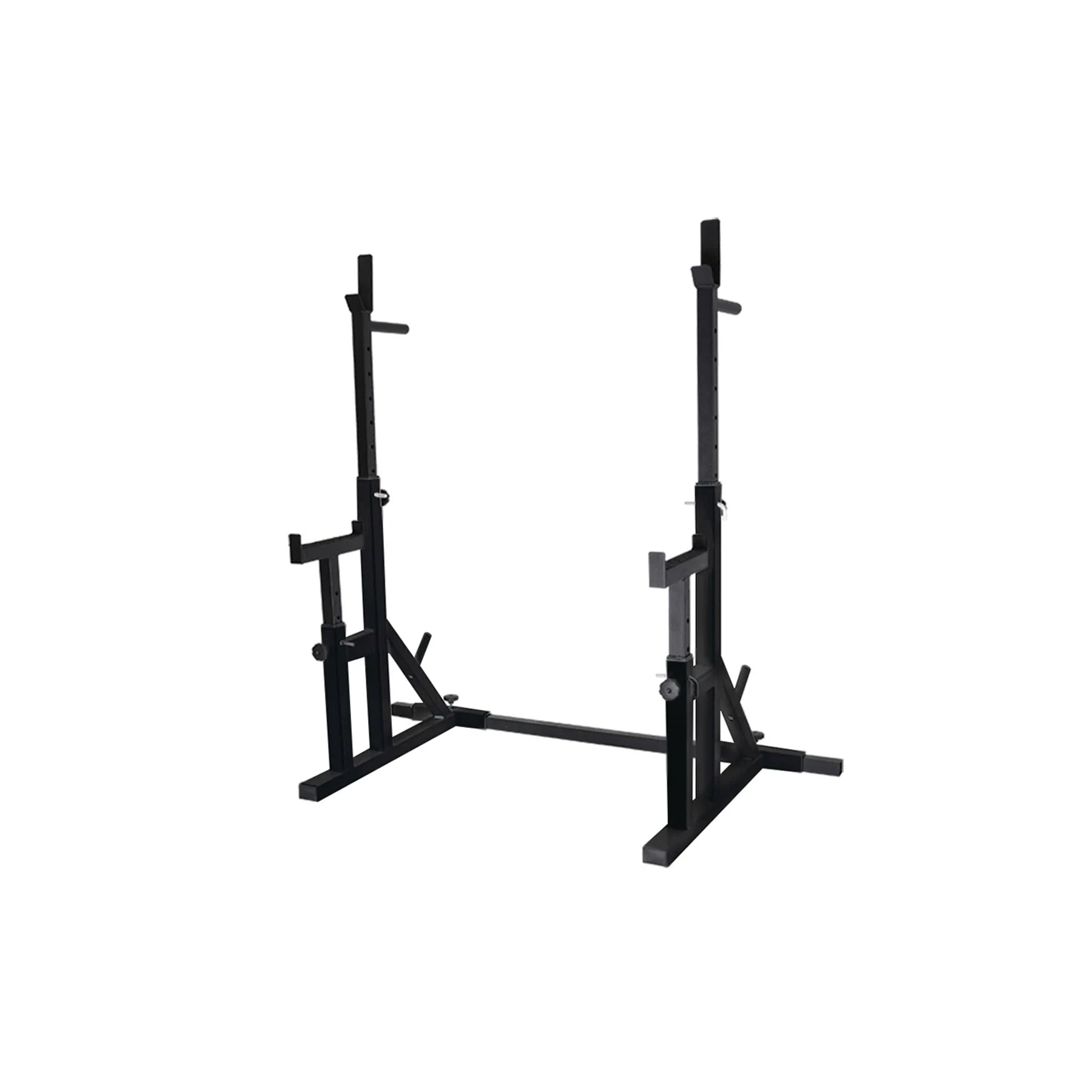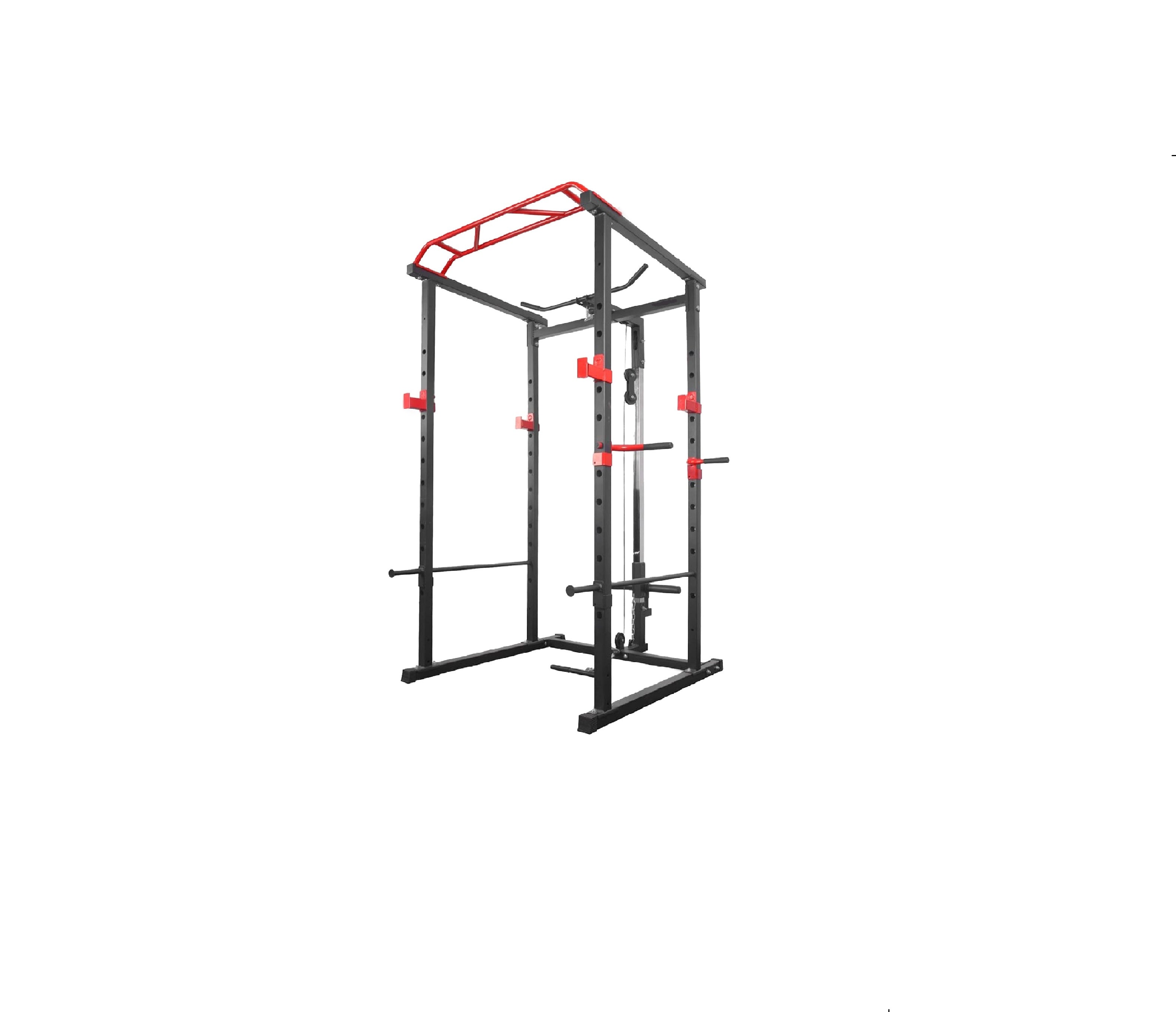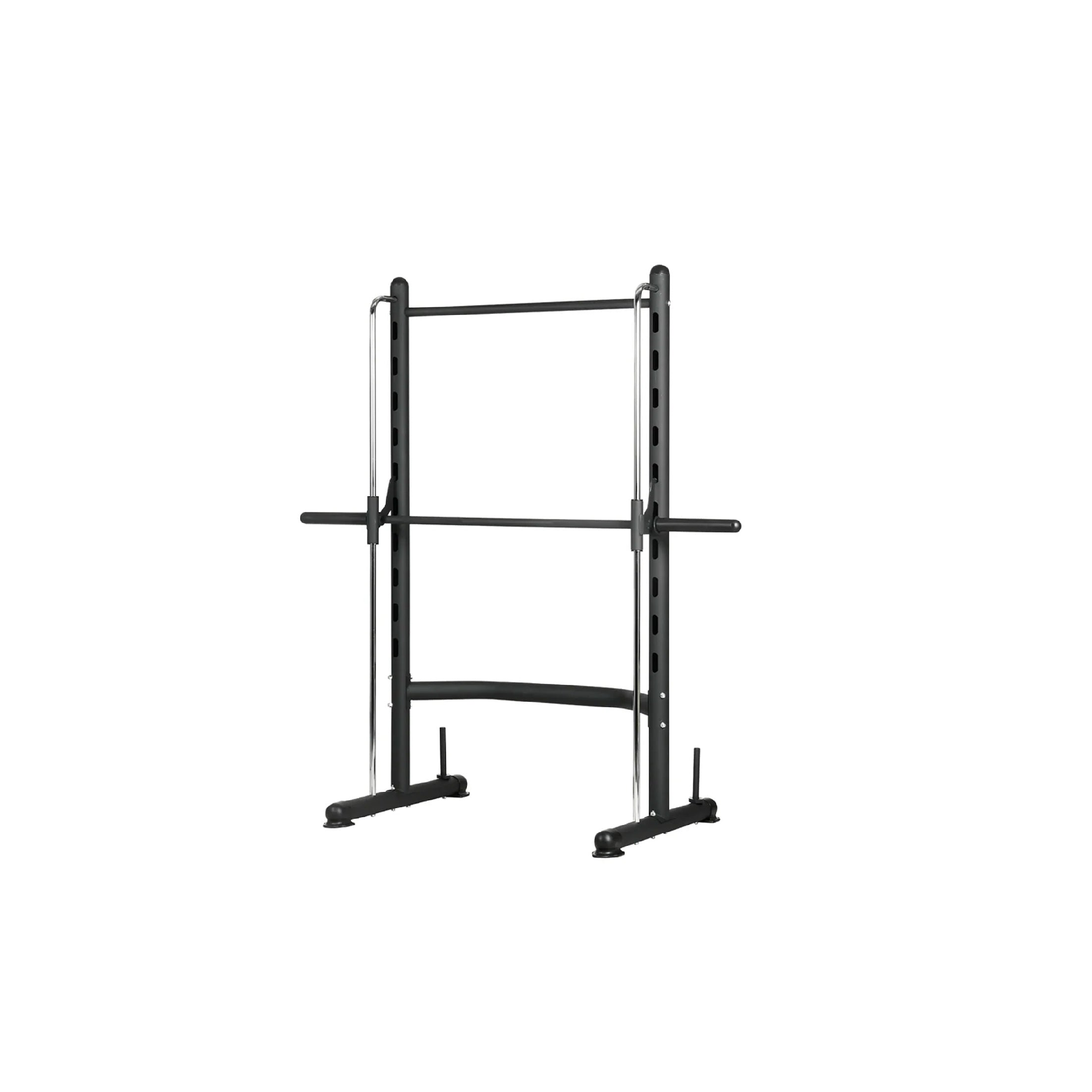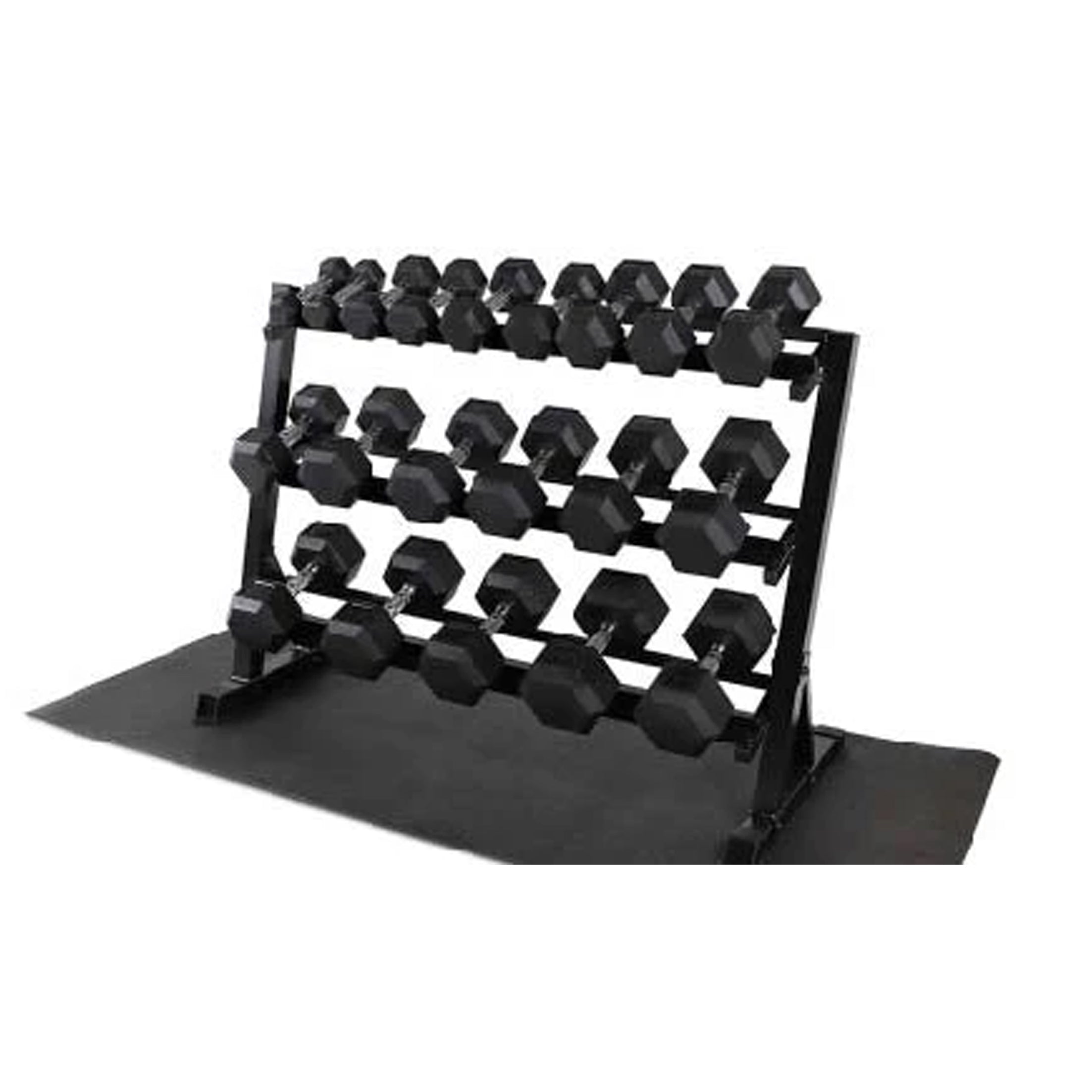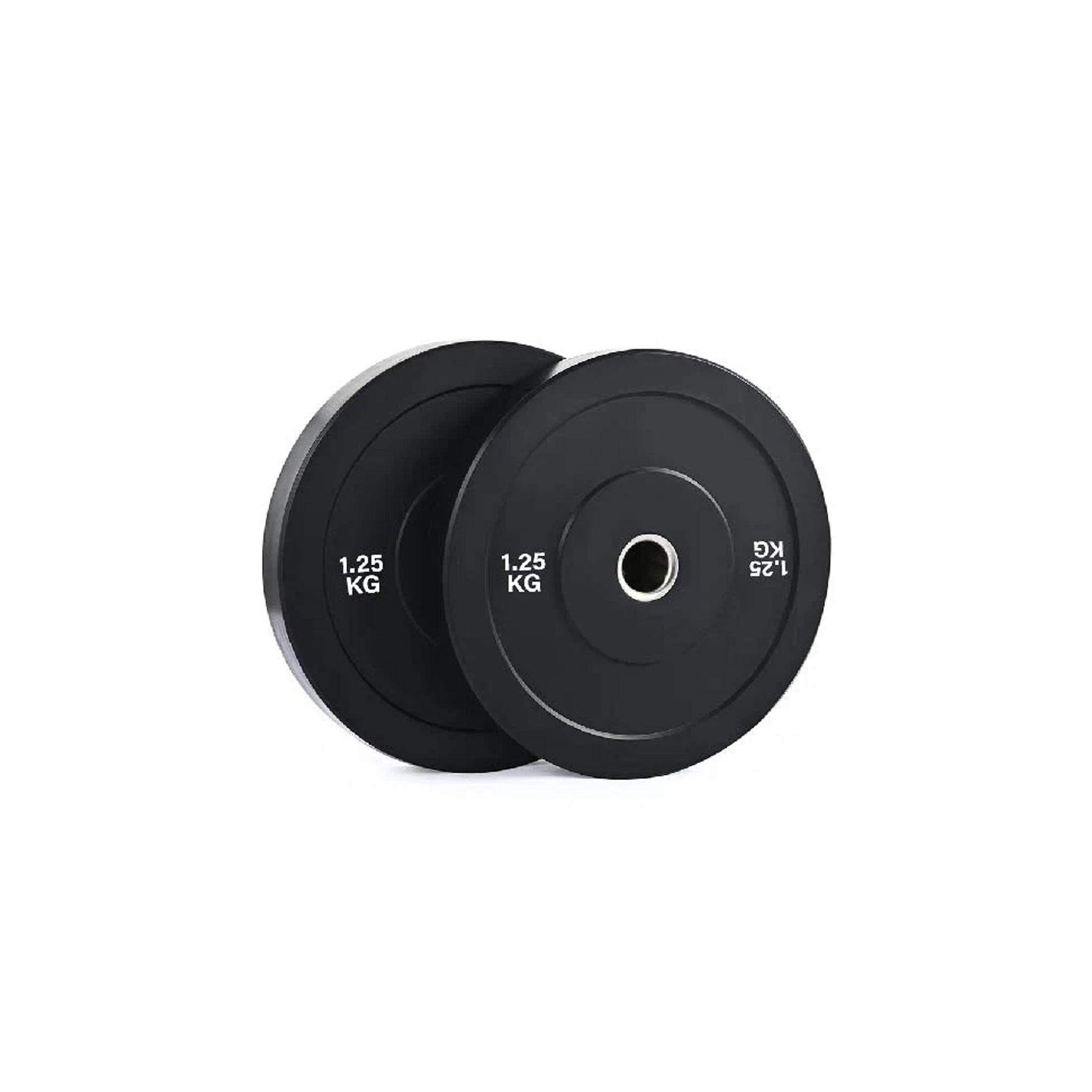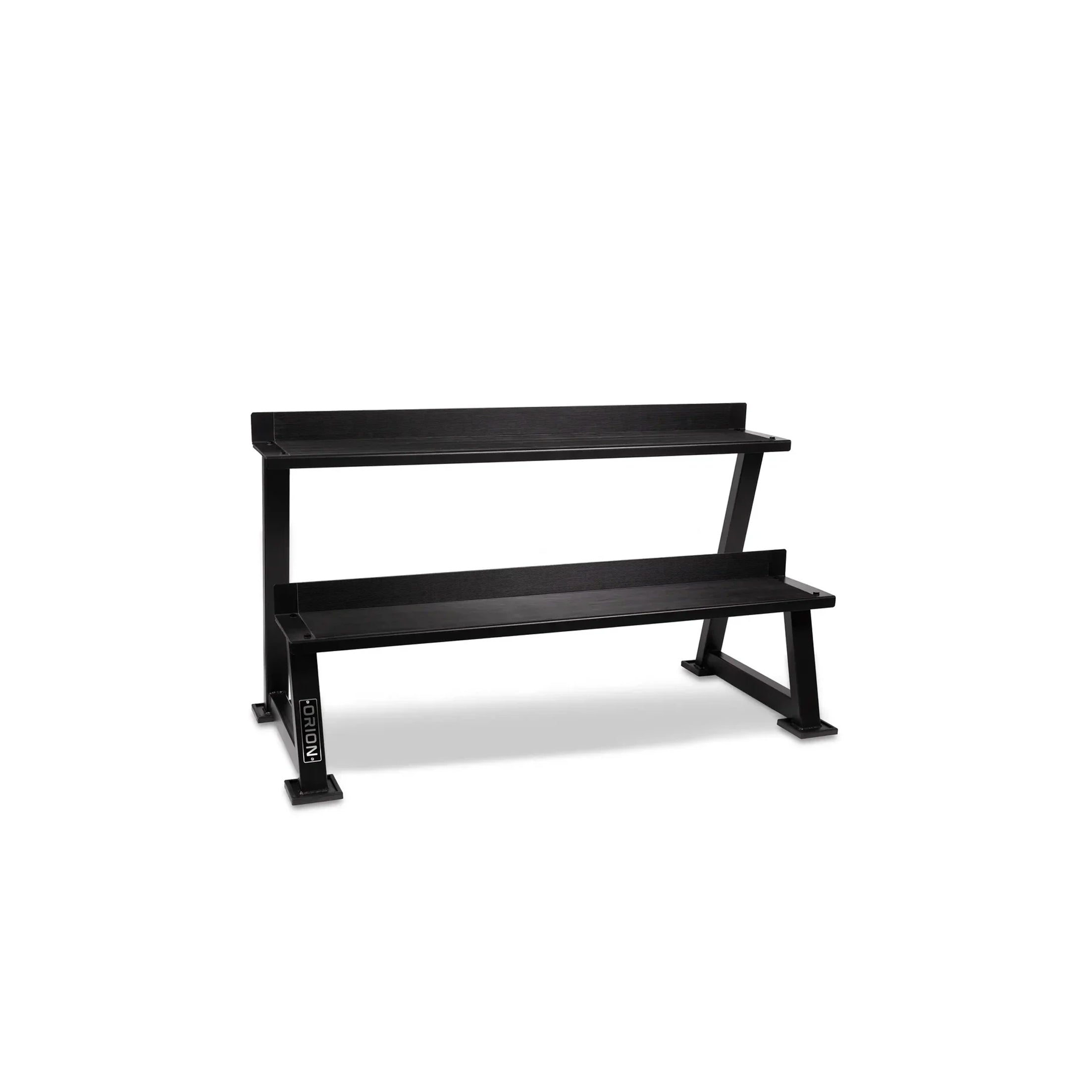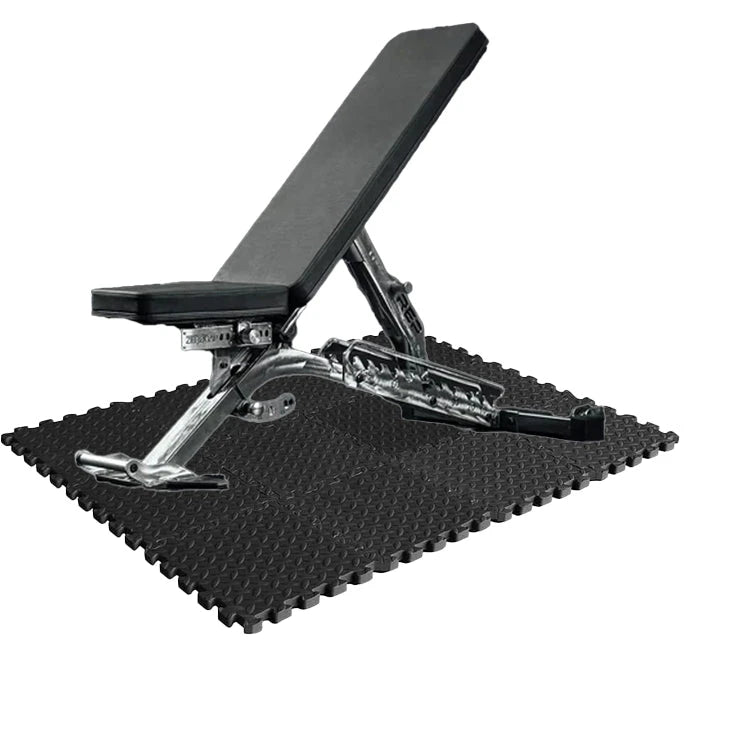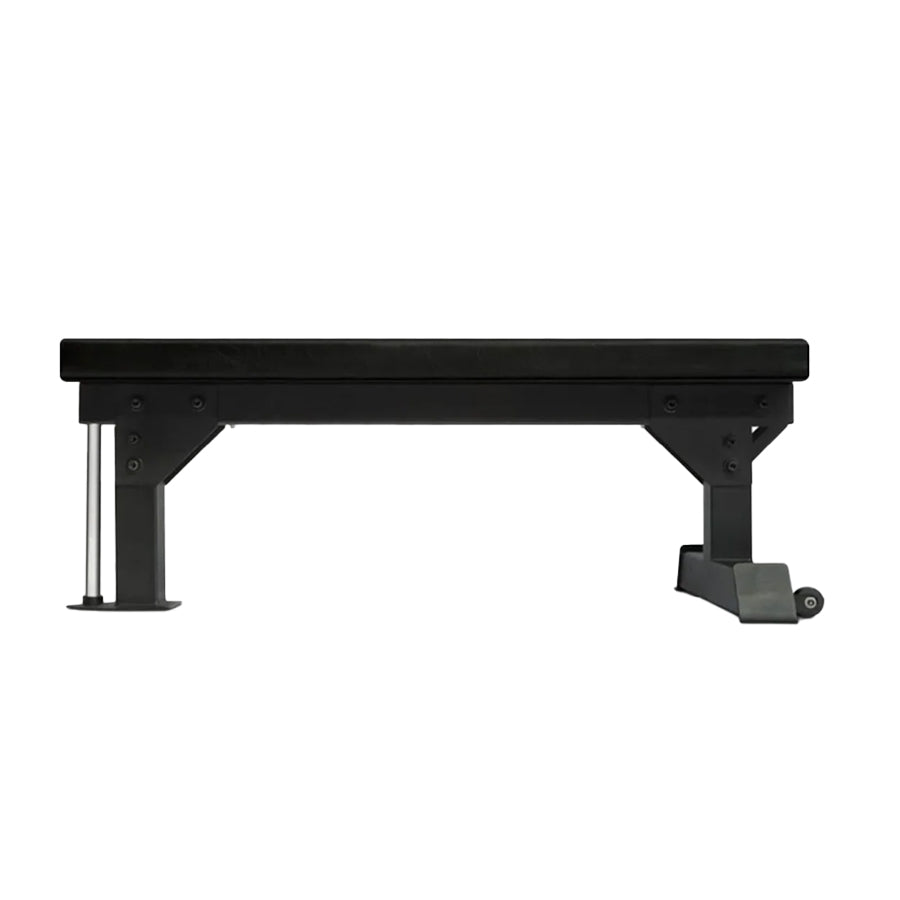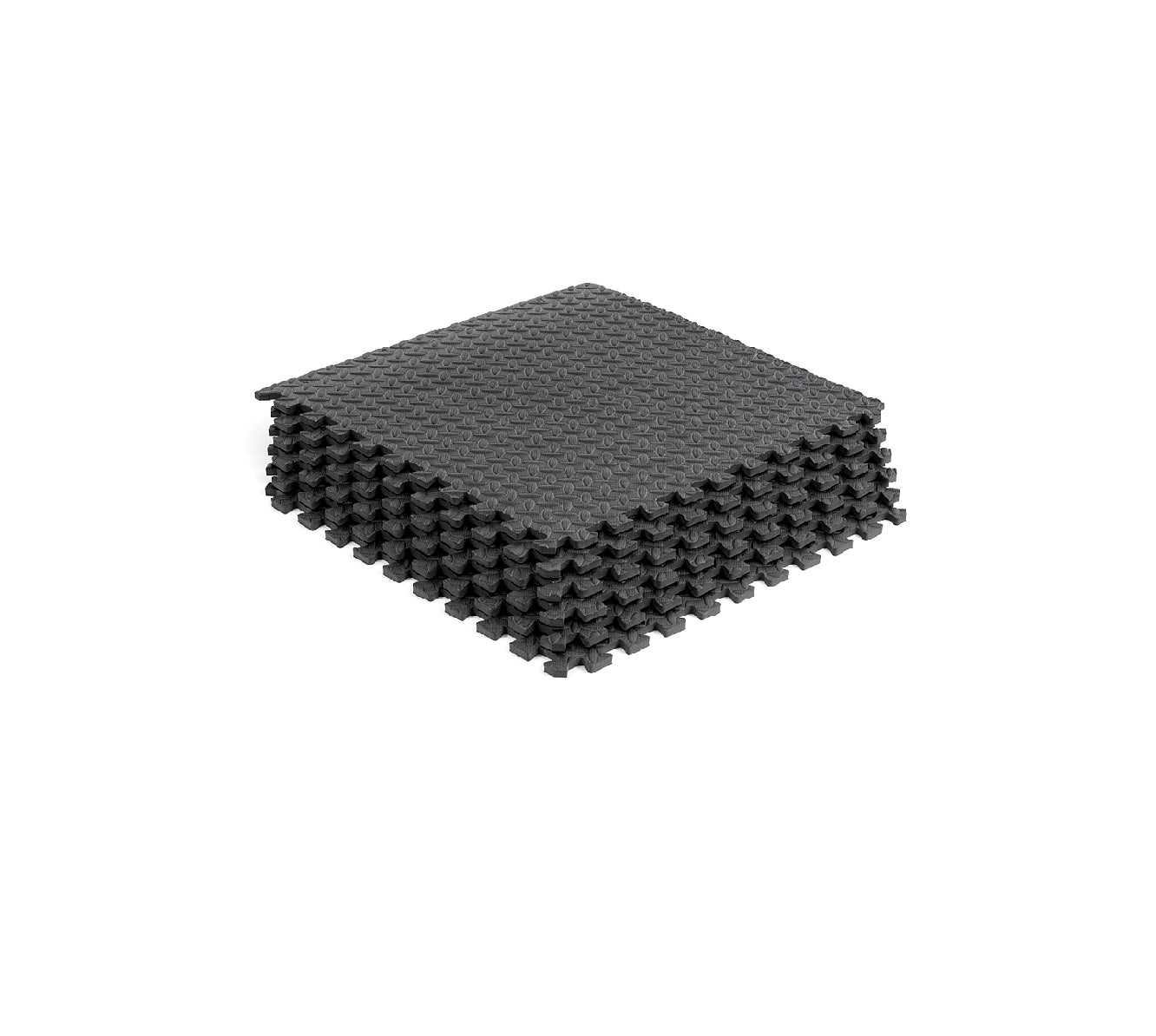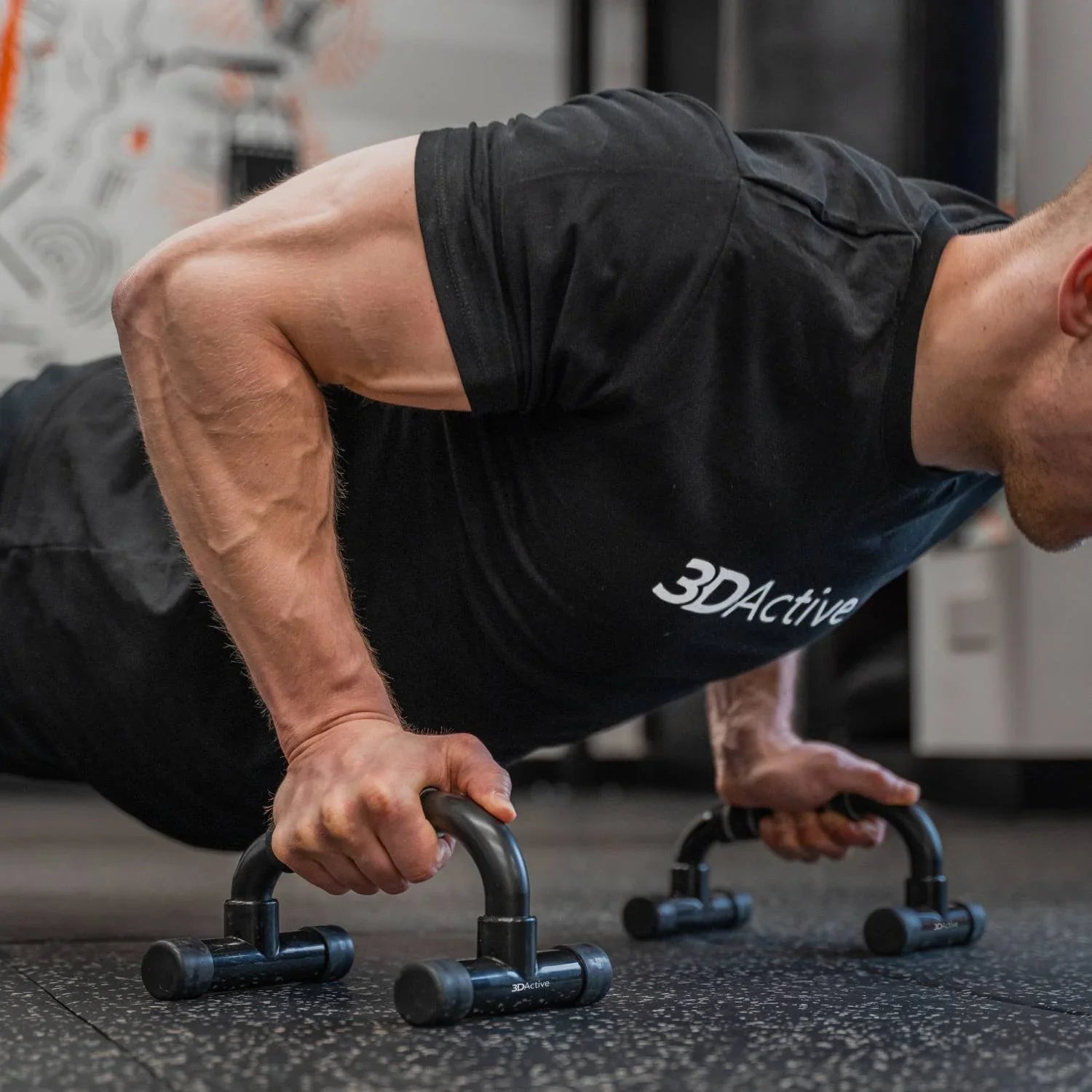
Are Push-Up Bars Worth It? UK Fitness Expert Reviews 2024
Push-up bars might look like simple fitness accessories, but they've sparked considerable debate in the UK fitness community. These handles, which elevate your hands during push-ups, promise enhanced workouts and reduced wrist strain. But do they actually deliver on these claims?
If you've been browsing fitness equipment online or wandering through sports shops across Britain, you've likely encountered push-up bars marketed as game-changers for your home workout routine. The question remains: are push-up bars worth it, or are they just another piece of equipment that'll gather dust under your bed?
This comprehensive guide examines what fitness experts across the UK think about push-up bars, their benefits, potential drawbacks, and whether they deserve a place in your fitness arsenal. We'll cut through the marketing hype to give you the straight facts about these deceptively simple tools.
What Are Push-Up Bars and How Do They Work?
Push-up bars, also known as push-up handles or stands, are sturdy handles that elevate your hands 4-6 inches off the ground during push-ups. Most models feature ergonomic grips designed to maintain a neutral wrist position, reducing the awkward bend that occurs when performing push-ups flat on the floor.
The concept is straightforward: by elevating your hands, you create additional space between your chest and the floor, allowing for a deeper range of motion during each repetition. This seemingly small adjustment can significantly impact the effectiveness of your workout.
Popular models like 2x Push Up Bars have gained traction in the UK market, offering various designs from basic plastic handles to premium steel constructions with foam grips.
The Science-Backed Benefits of Push-Up Bars
Enhanced Range of Motion
The primary advantage of push-up bars lies in the increased range of motion they provide. Dr. Sarah Mitchell, a sports physiologist based in London, explains: "When your hands are elevated, you can lower your chest further than you would during a standard floor push-up. This extended range of motion leads to greater muscle activation, particularly in the chest and shoulders."
Research published in the Journal of Strength and Conditioning Research supports this claim, showing that exercises performed through a fuller range of motion typically result in greater muscle growth and strength gains.
Significant Wrist Pain Reduction
Many fitness enthusiasts in the UK abandon push-ups due to wrist discomfort. Push-up bars address this issue by maintaining your wrists in a neutral position rather than the hyperextended angle required for floor push-ups.
Manchester-based physiotherapist James Thompson notes: "I regularly recommend push-up bars to clients experiencing wrist pain during bodyweight exercises. The neutral grip position reduces stress on the wrist joints and can make push-ups accessible to people who otherwise couldn't perform them comfortably."
Improved Muscle Activation
The elevated hand position doesn't just increase range of motion—it also shifts muscle activation patterns. Studies indicate that push-up bars can lead to:
-
Greater chest activation: The deeper stretch at the bottom of the movement engages more muscle fibres
-
Enhanced shoulder stability: The unstable surface requires more stabiliser muscle engagement
-
Improved core activation: Maintaining proper form on elevated handles demands greater core engagement
What UK Fitness Experts Really Think
The Case for Push-Up Bars
Personal trainer and former British Army fitness instructor Mark Davies from Birmingham advocates for push-up bars: "They're one of the most cost-effective upgrades you can make to your home gym. For under £20, you get a tool that can genuinely improve your push-up quality and reduce injury risk."
Davies particularly appreciates their versatility: "Beyond standard push-ups, they enable variations like decline push-ups when placed on stairs, or can serve as makeshift parallettes for L-sits and other calisthenics movements."
Expert Concerns and Limitations
However, not all fitness professionals are uniformly enthusiastic. Leeds-based strength coach Emma Richardson raises some important considerations: "While push-up bars can be beneficial, they're not magic. Poor form on push-up bars is still poor form. If someone can't perform quality push-ups on the floor, bars won't automatically fix their technique."
Richardson also points out stability concerns: "Some cheaper models can slide or tip during use, potentially increasing injury risk rather than reducing it."
The Verdict from Sports Scientists
Dr. Michael Foster, a sports scientist at the University of Edinburgh, offers a balanced perspective: "Push-up bars represent a logical progression tool. They're particularly valuable for individuals looking to increase training difficulty without adding external weight. However, they're not essential—you can achieve similar benefits through push-up variations like deficit push-ups using stable platforms."
Proper Usage Tips and Techniques
Selecting the Best Pushup Bar
When choosing push-up bars in the UK market, consider these factors:
Stability: Look for models with wide, non-slip bases. Steel construction typically offers superior stability compared to plastic alternatives.
Grip Comfort: Foam or rubber grips reduce hand fatigue during longer sets.
Height: Most effective models elevate hands 4-6 inches. Excessive height can compromise form and safety.
Portability: If you travel frequently or have limited storage space, consider lightweight, compact designs.
Mastering Proper Form
Edinburgh-based calisthenics coach Robert Chen emphasises form fundamentals: "The elevated position can tempt people to go too deep too quickly. Start conservatively—lower yourself only until you feel a comfortable stretch in your chest, then gradually increase depth as flexibility improves."
Key form points include:
-
Hand placement: Slightly wider than shoulder-width, with handles aligned under your chest
-
Controlled descent: Lower yourself slowly over 2-3 seconds
-
Full range: Push up until arms are fully extended, but don't lock elbows aggressively
-
Core engagement: Maintain a straight line from head to heels throughout the movement
Progressive Training Approach
Start with standard push-ups on the bars, focusing on form over quantity. As strength and flexibility improve, experiment with variations:
-
Wide-grip push-ups: Place bars wider apart to target outer chest
-
Diamond push-ups: Position bars close together for triceps emphasis
-
Single-arm push-ups: Use one bar for advanced unilateral training
-
Decline variations: Elevate feet on a chair or sofa for increased difficulty
Incorporating Push-Up Bars into Your Routine
For Beginners
If you're new to push-ups or returning after a break, push-up bars can make the exercise more accessible. The improved wrist position allows you to focus on building strength without joint discomfort.
Start with 3 sets of 5-8 repetitions, emphasising controlled movement over speed. As strength improves, gradually increase repetitions before advancing to more challenging variations.
For Intermediate Trainees
Those comfortable with bodyweight push-ups can use bars to increase training intensity. The enhanced range of motion provides a fresh stimulus for continued progress.
Try incorporating push-up bars into circuit training or as part of upper body supersets. The increased difficulty may initially reduce your rep count—this is normal and temporary.
For Advanced Athletes
Advanced trainees can leverage push-up bars for specialised applications:
-
Pre-exhaustion: Use deep push-ups to fatigue muscles before weight training
-
Active recovery: Light sets with full range of motion promote blood flow on rest days
-
Movement preparation: The deep stretch serves as dynamic warm-up for pressing movements
Are Push-Up Bars Worth the Investment?
After examining expert opinions and scientific evidence, the answer depends on your specific circumstances and goals.
Push-up bars are worth it if you:
-
Experience wrist pain during floor push-ups
-
Want to increase push-up difficulty without adding weight
-
Have limited space but want versatile exercise equipment
-
Are building a comprehensive home gym setup
You might skip push-up bars if you:
-
Already perform push-ups comfortably without wrist issues
-
Prefer barbell and dumbbell training over bodyweight exercises
-
Have very limited budget for fitness equipment
-
Lack storage space for additional gear
The relatively low cost of quality push-up bars (typically £15-30 in the UK) makes them a low-risk investment for most fitness enthusiasts. Even if you use them occasionally, they can provide value as a tool for exercise variety and injury prevention.
Making the Right Choice for Your Fitness Journey
Push-up bars occupy a unique position in the fitness equipment landscape. They're not revolutionary, but they don't claim to be. Instead, they offer a simple, effective solution to common push-up limitations while providing room for exercise progression.
The consensus among UK fitness experts is cautiously positive: push-up bars can enhance your training when used properly, but they're not essential for everyone. If you're curious about their benefits and can afford the modest investment, they're worth trying. The worst-case scenario is owning a versatile tool that occasionally adds variety to your workouts.
For those committed to bodyweight training or dealing with wrist issues during push-ups, push-up bars represent a practical solution backed by both expert opinion and scientific principles. Just remember that no equipment can substitute for consistent training and proper form—push-up bars are simply tools to help you achieve both more comfortably.
